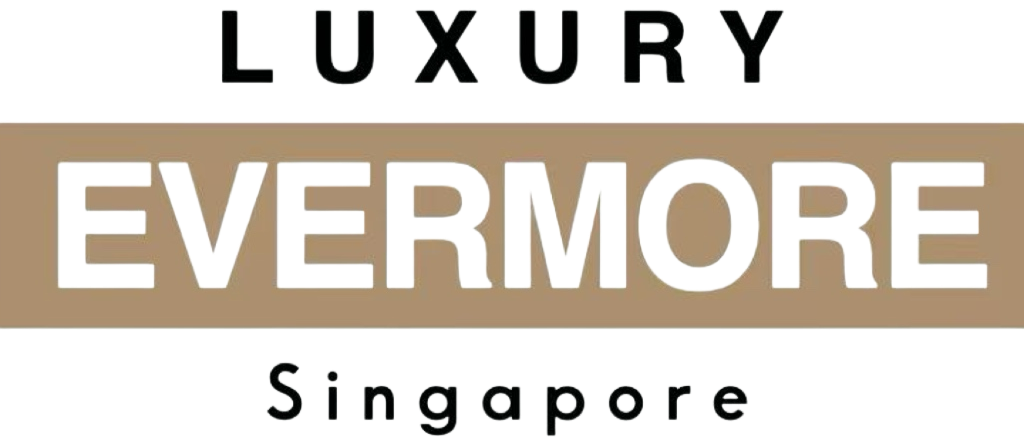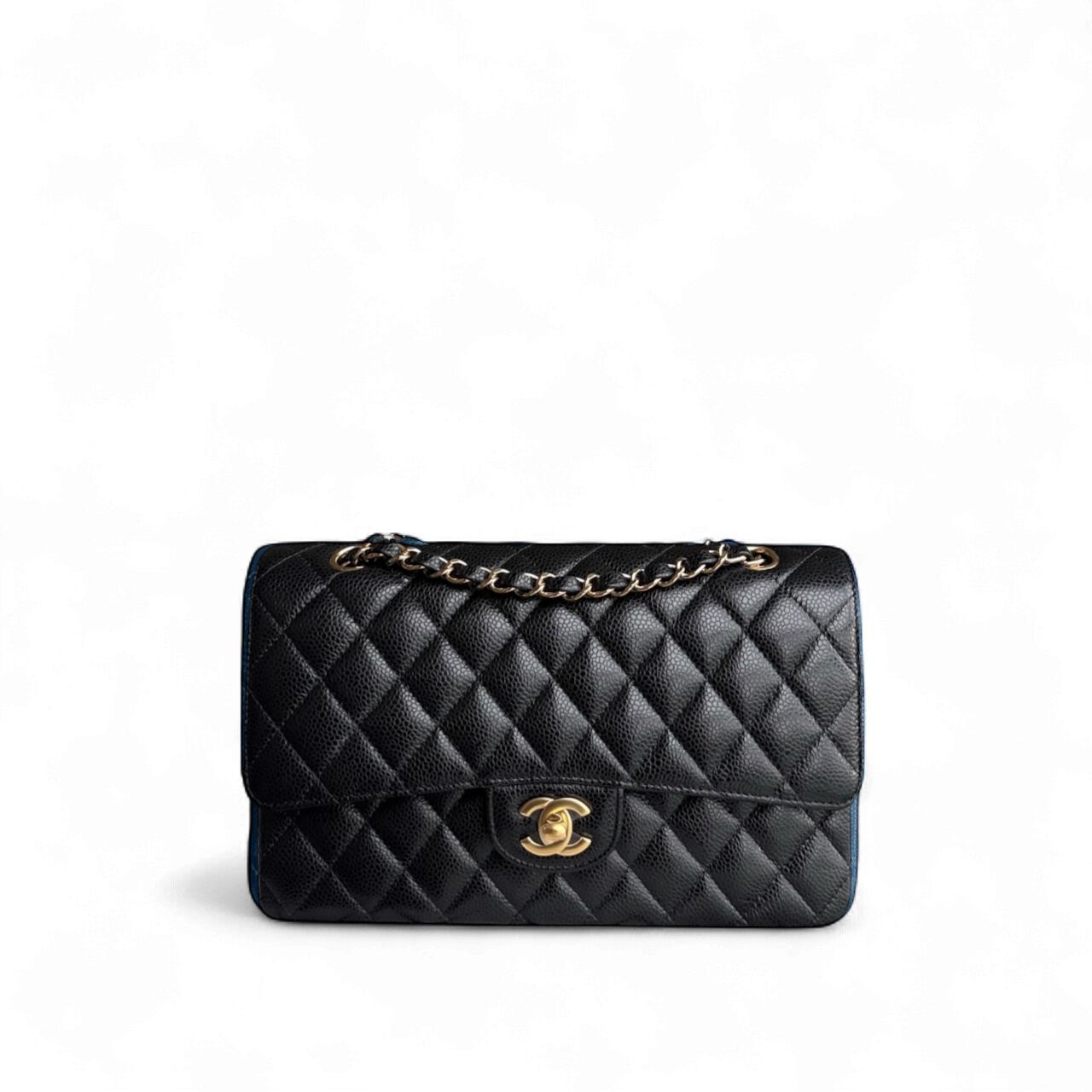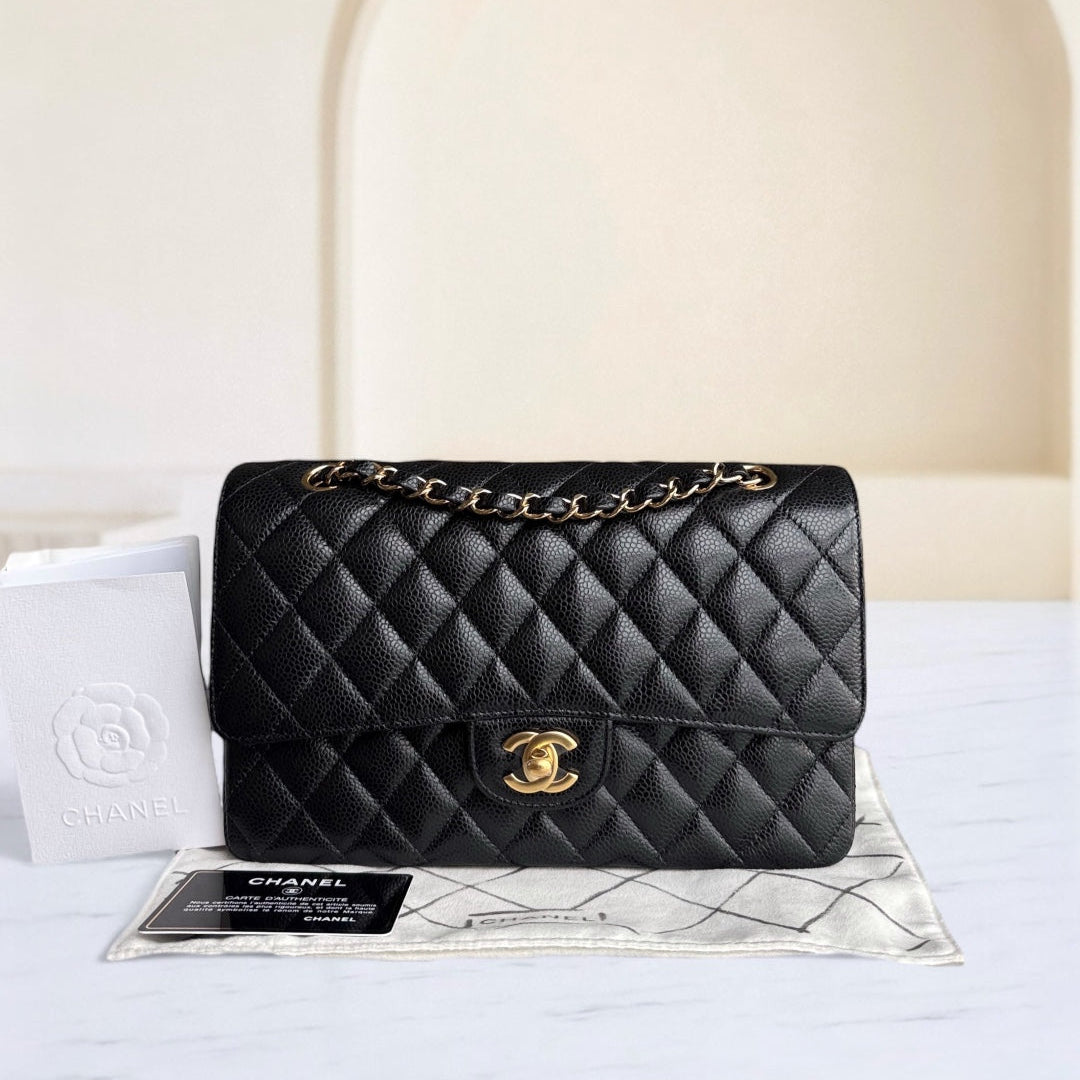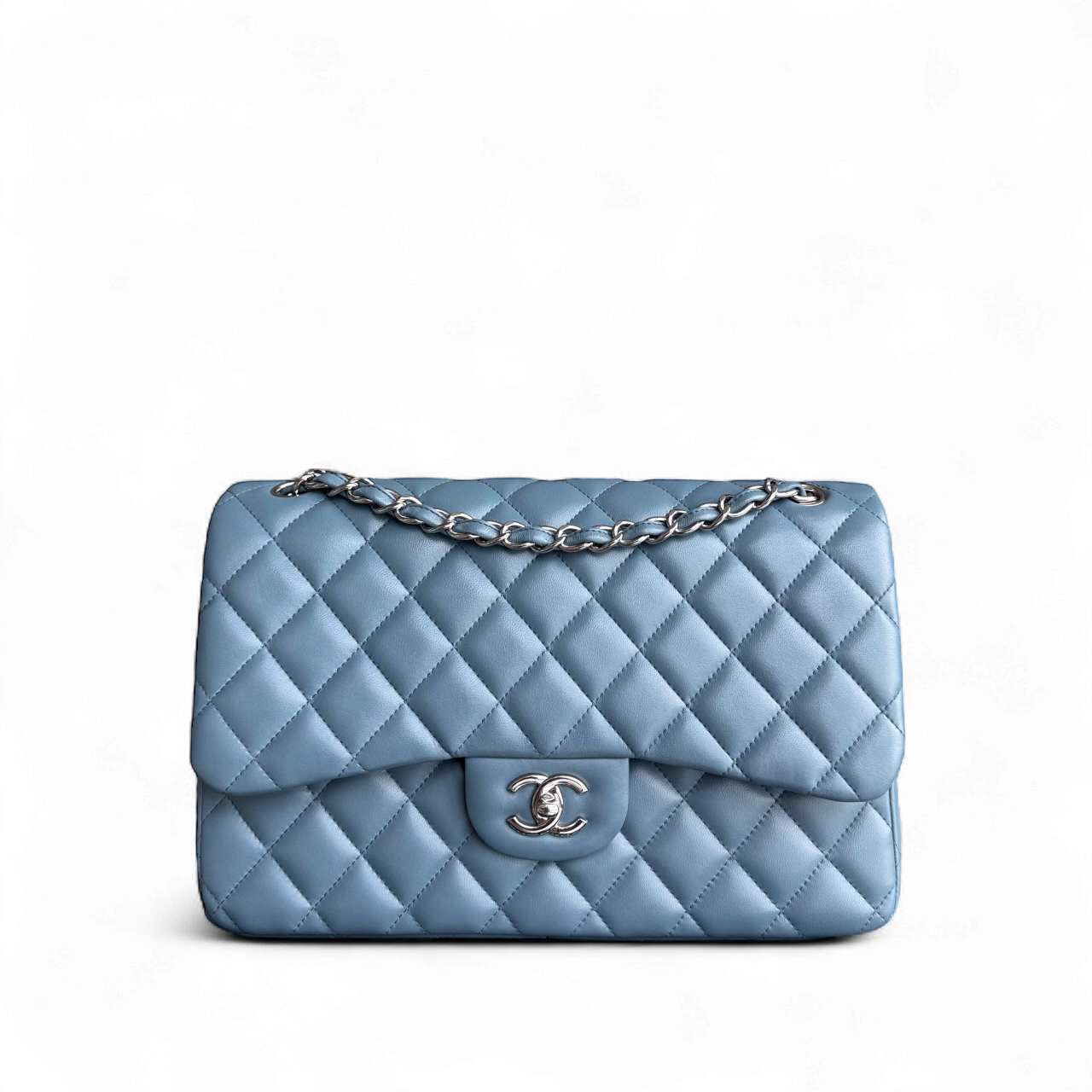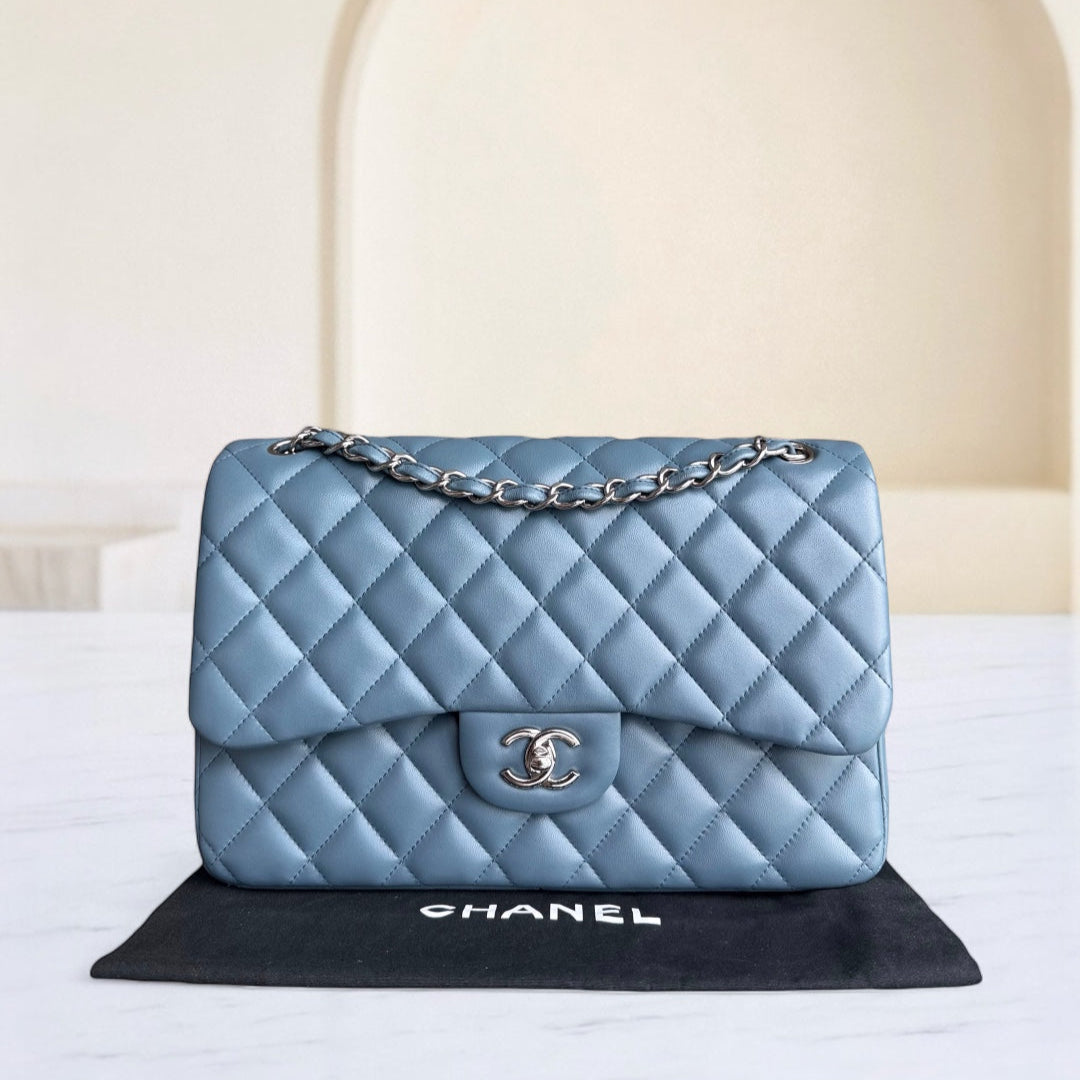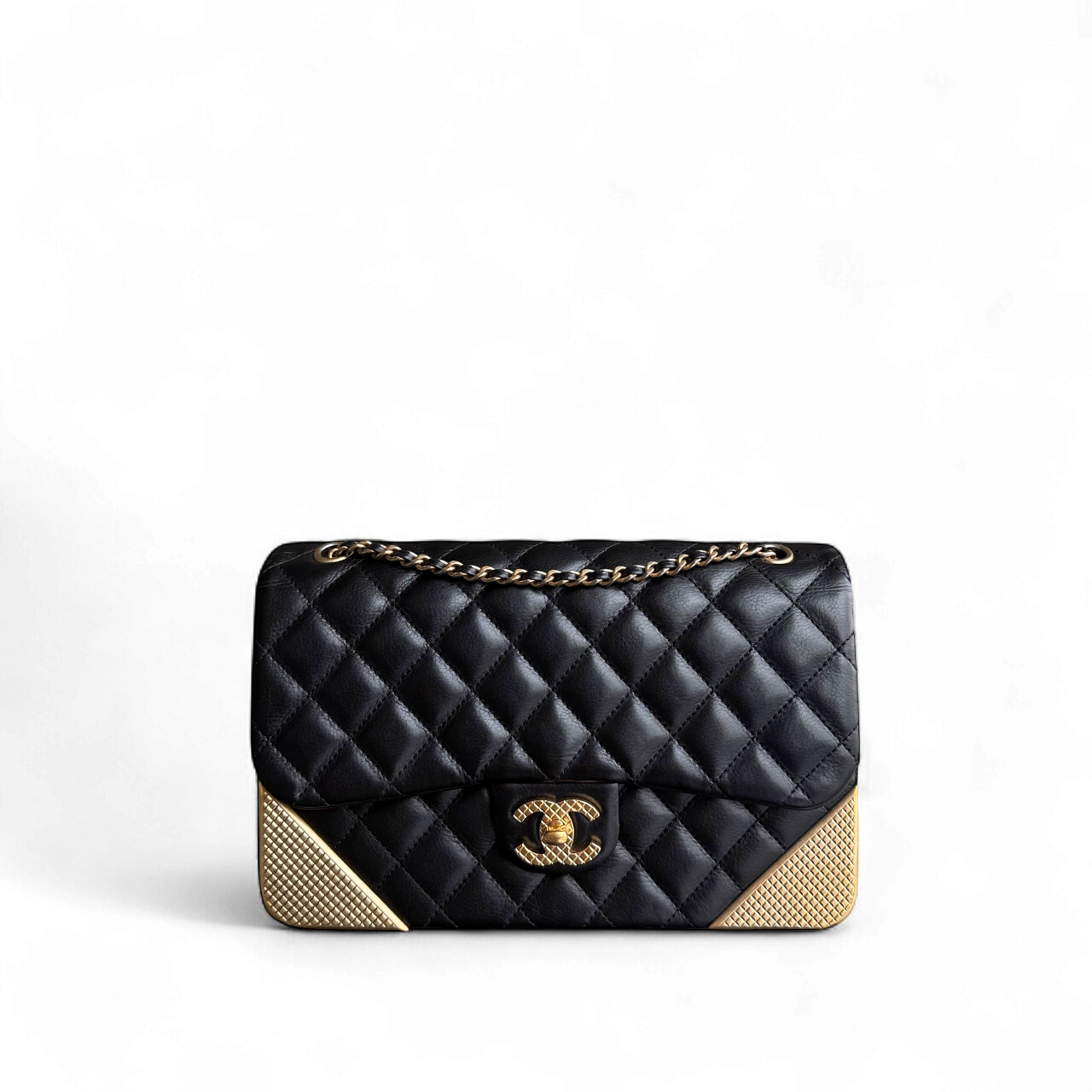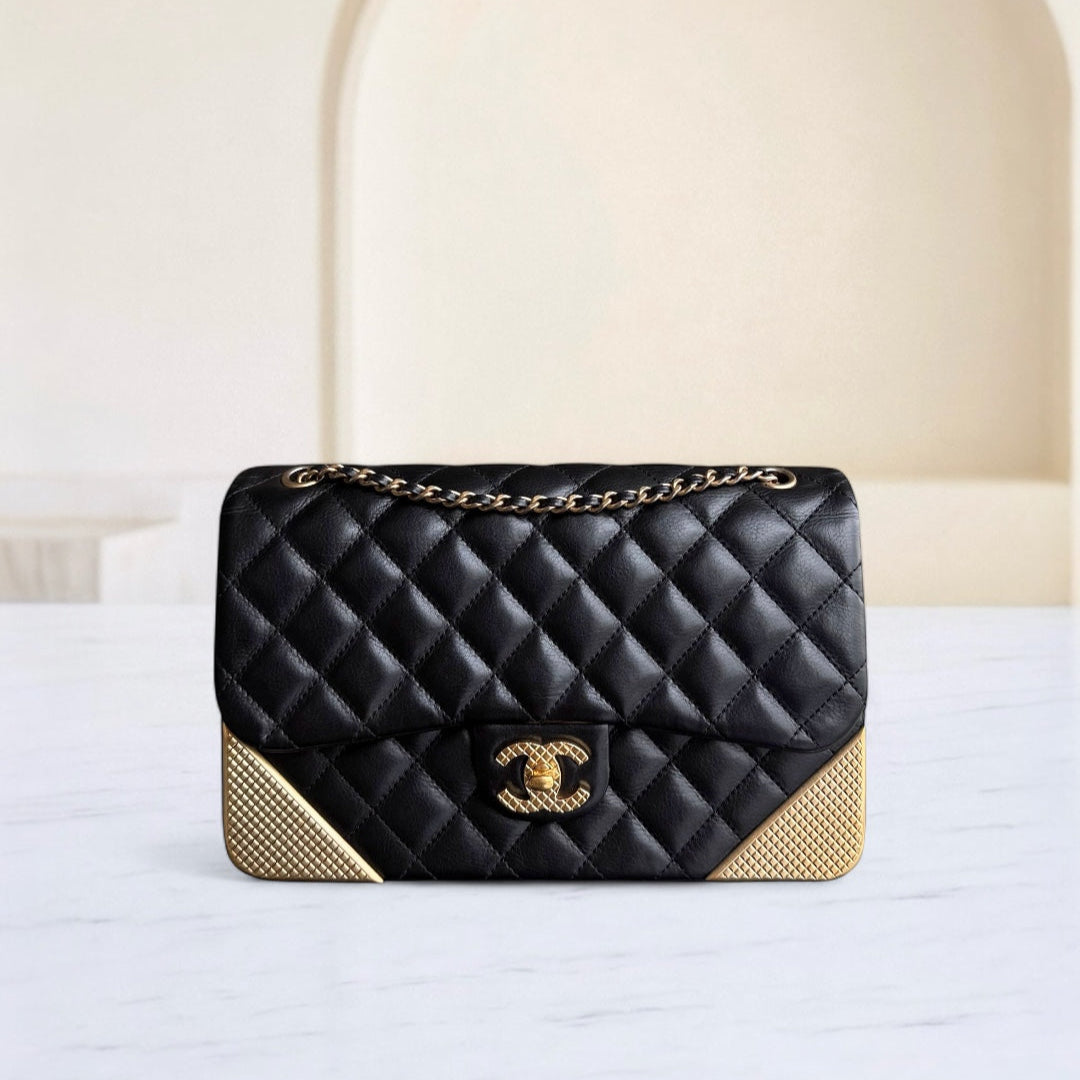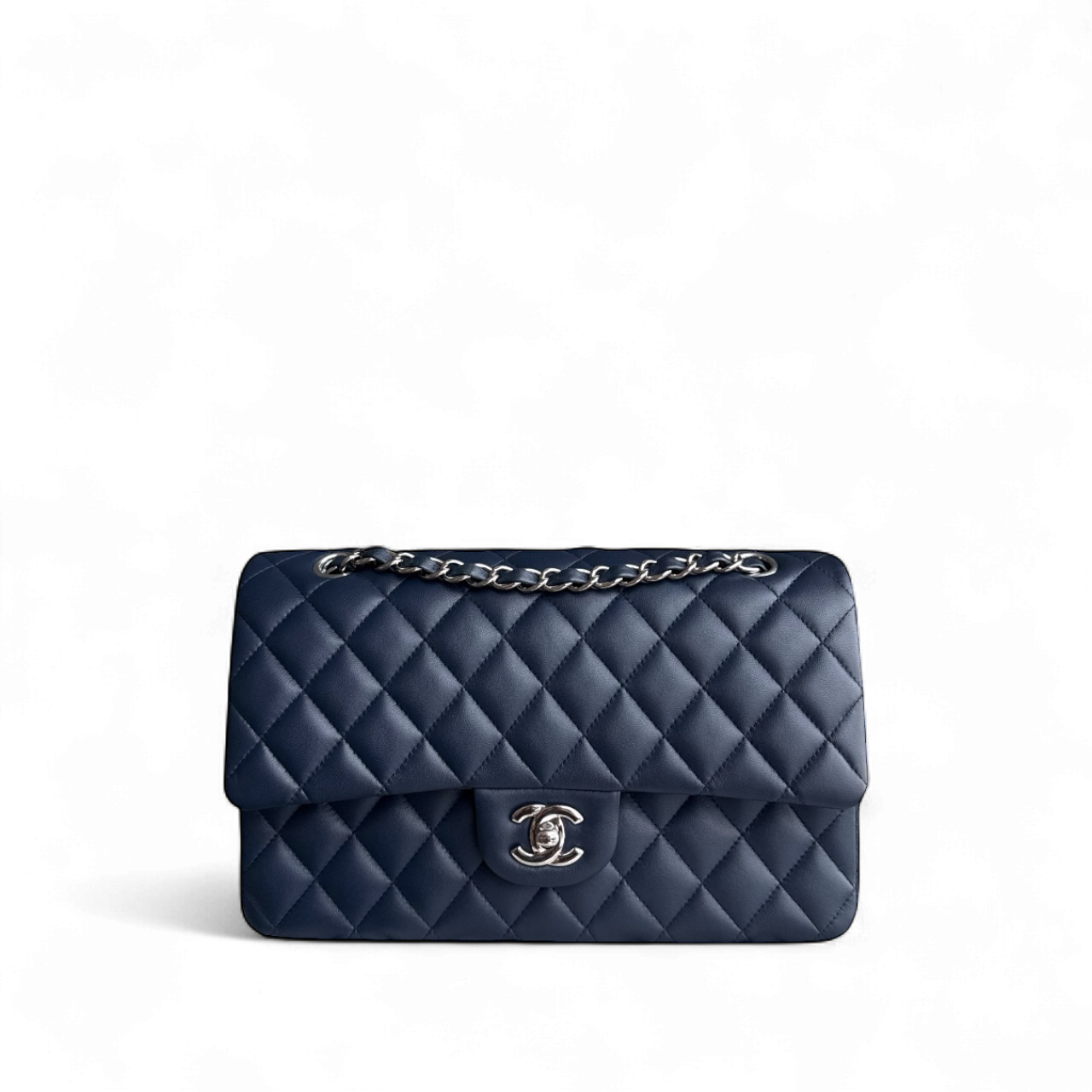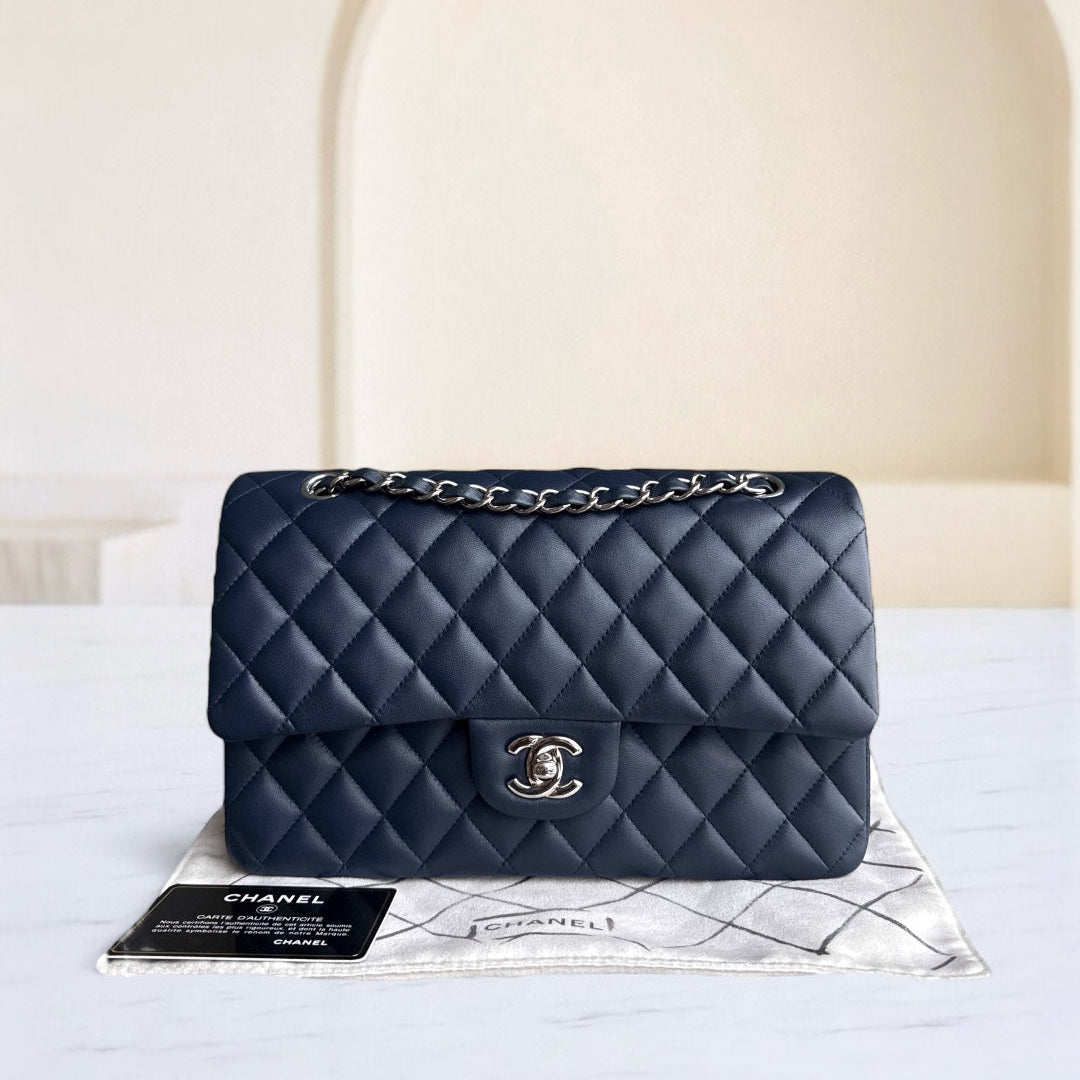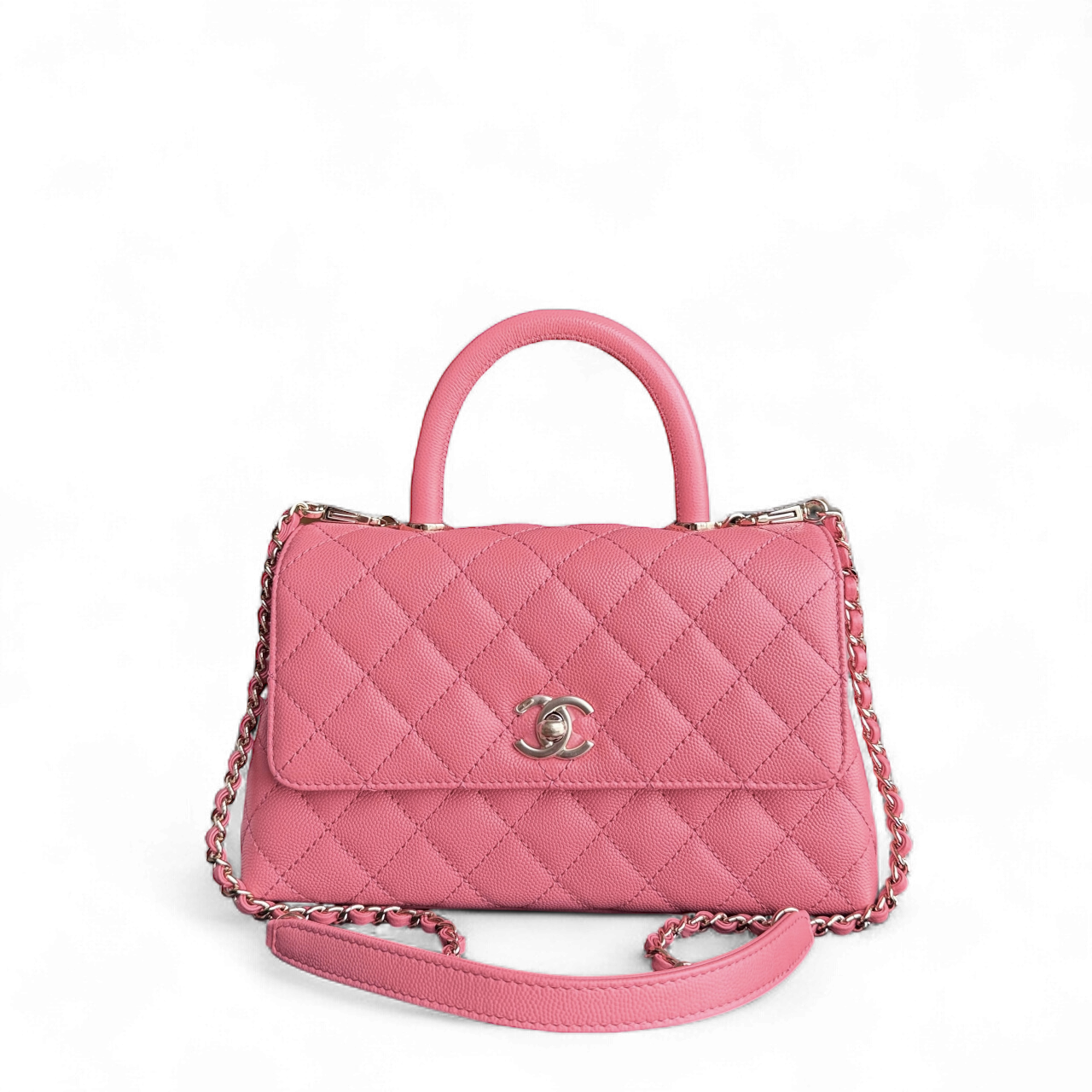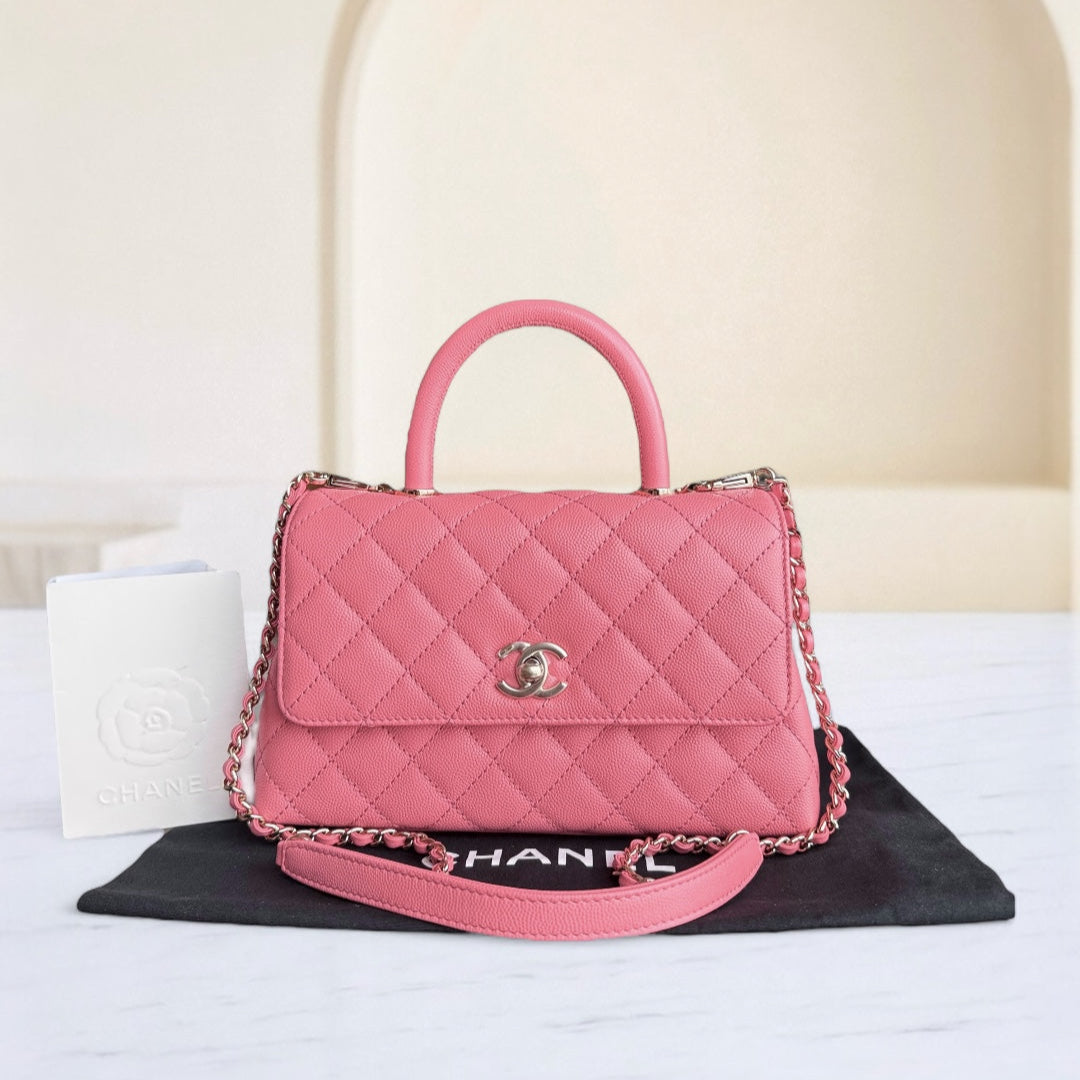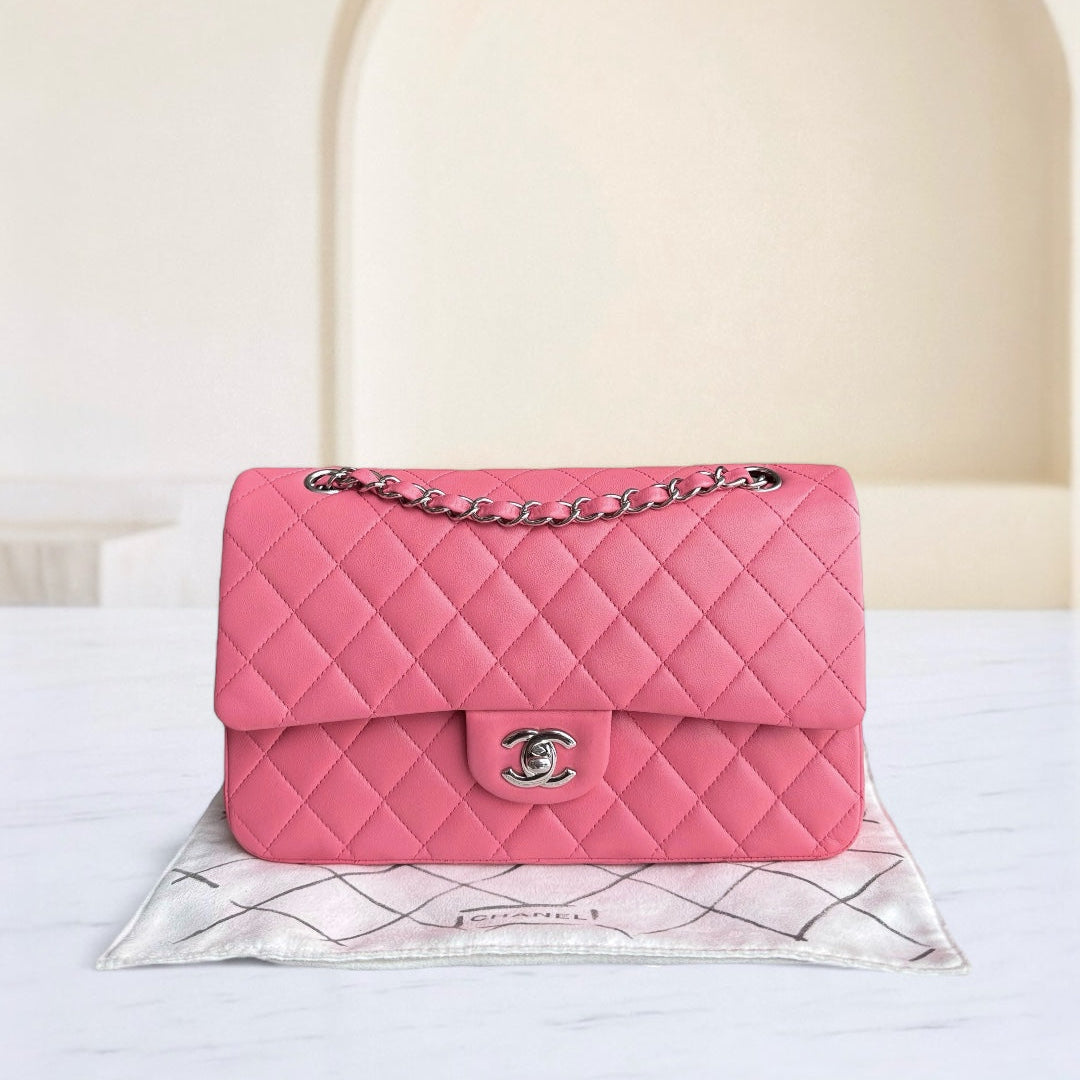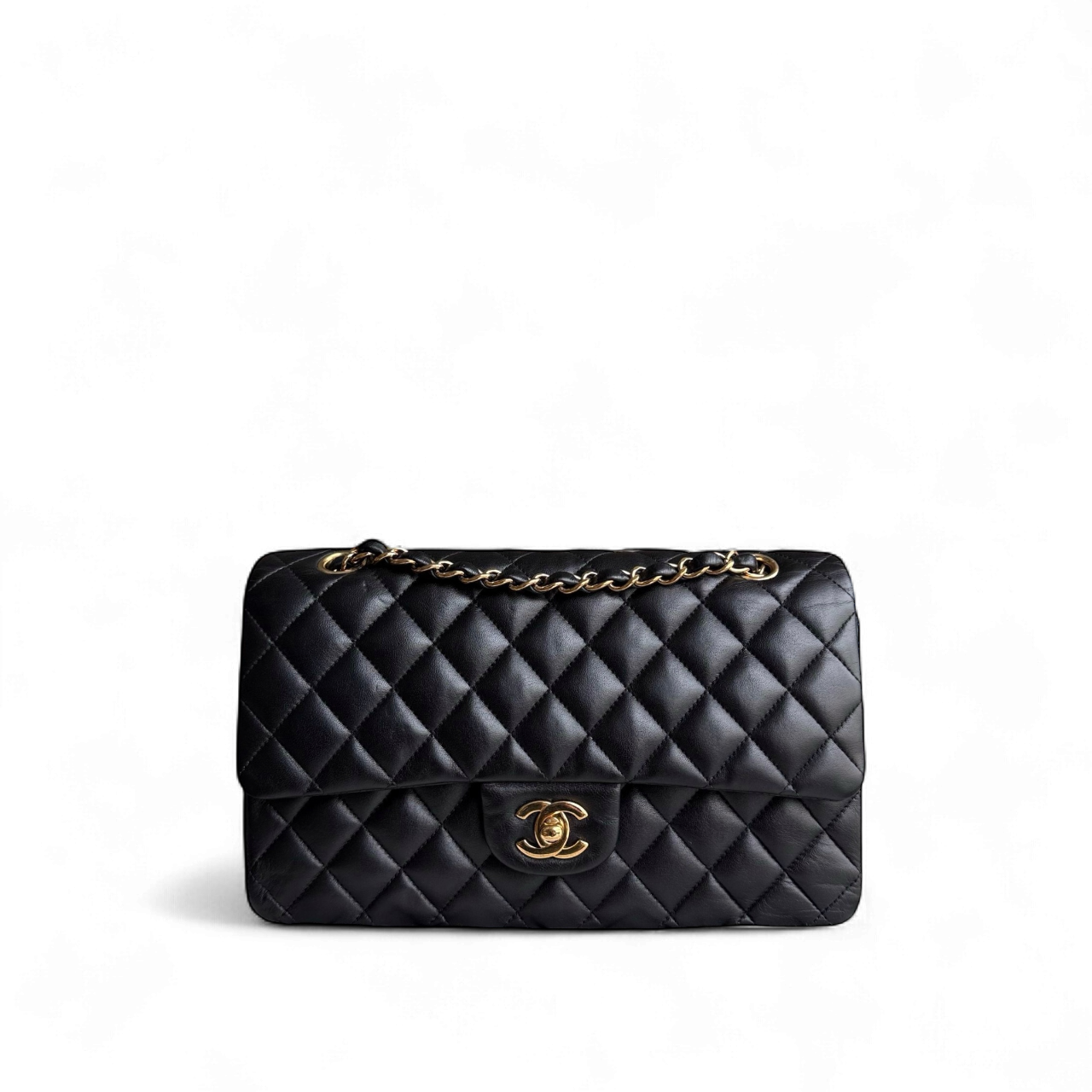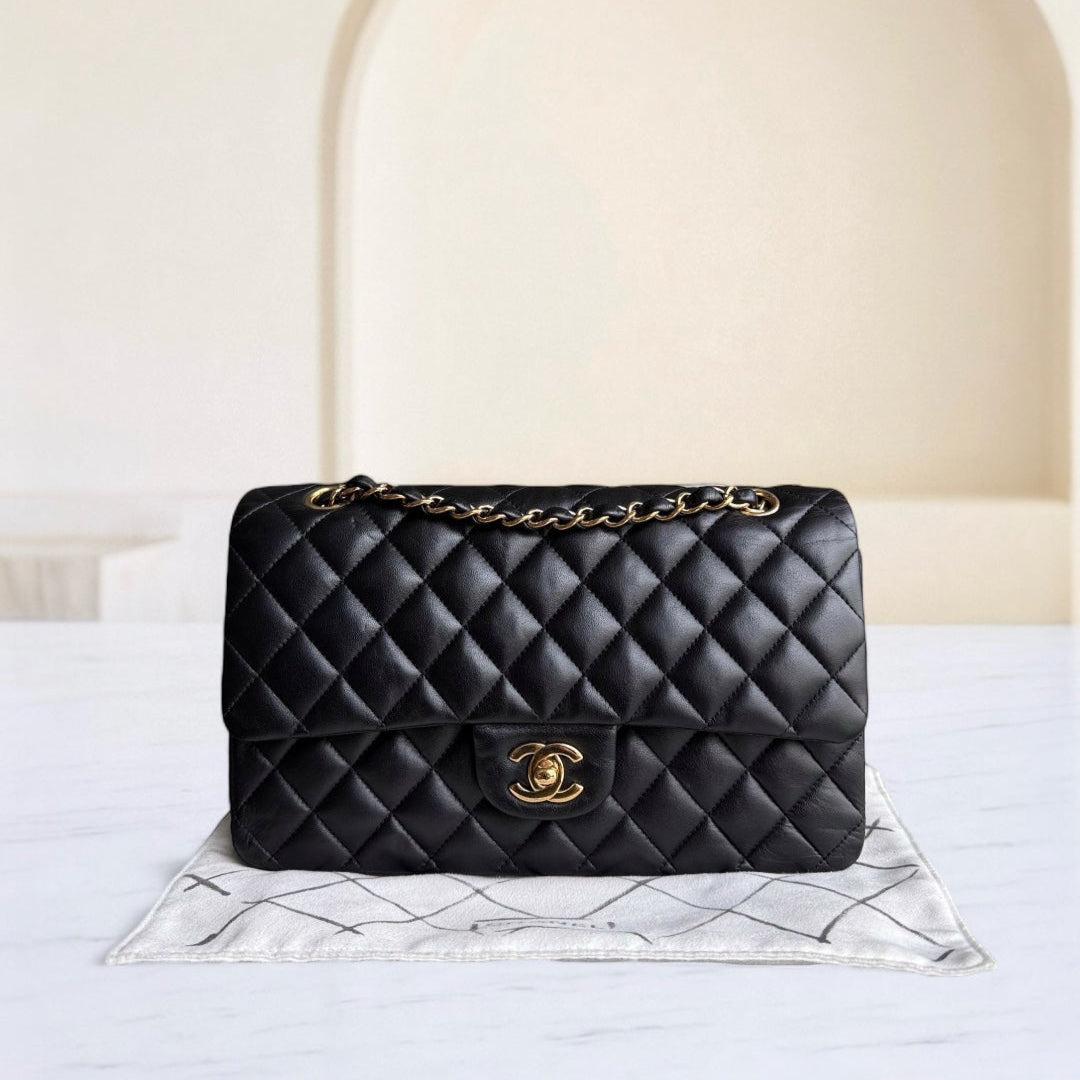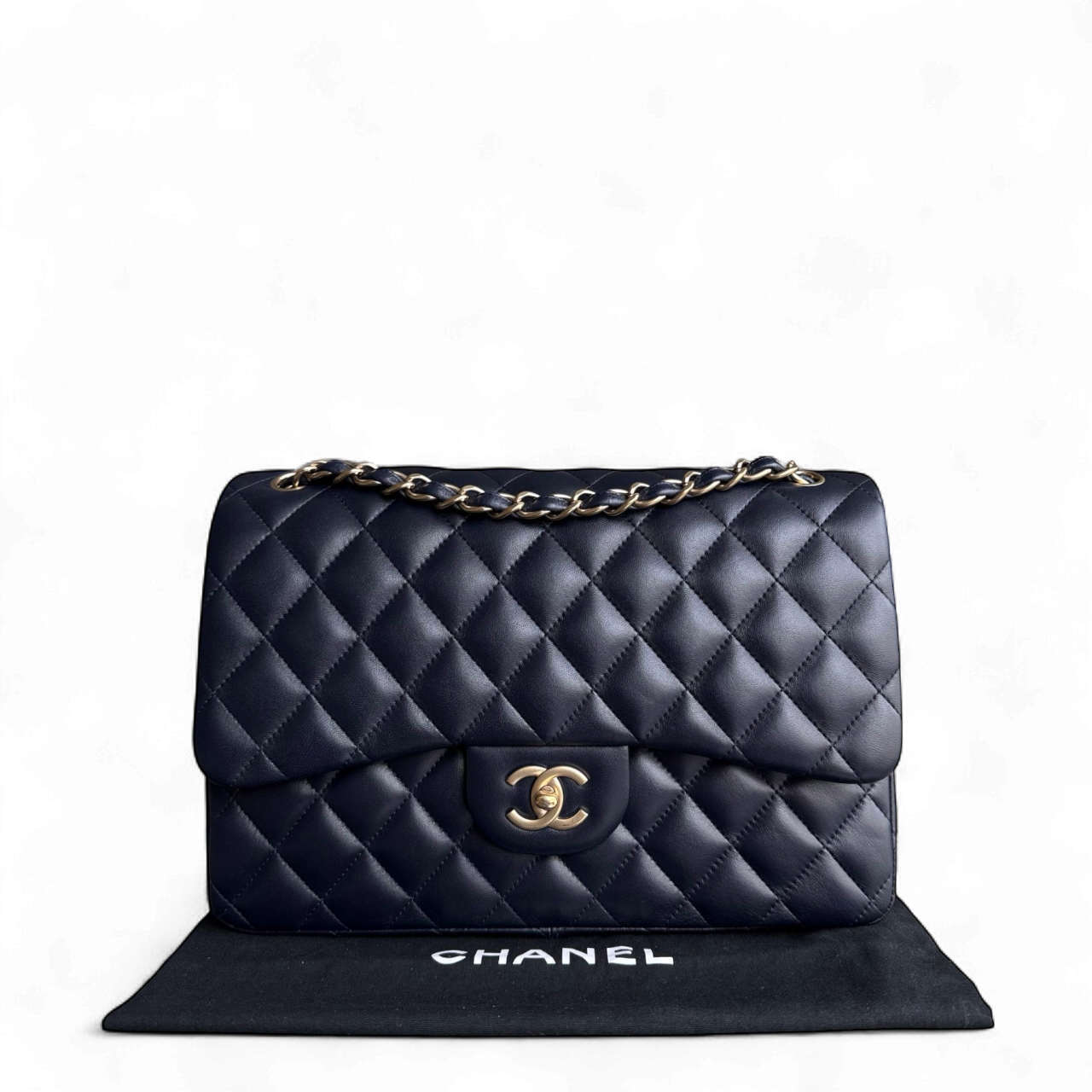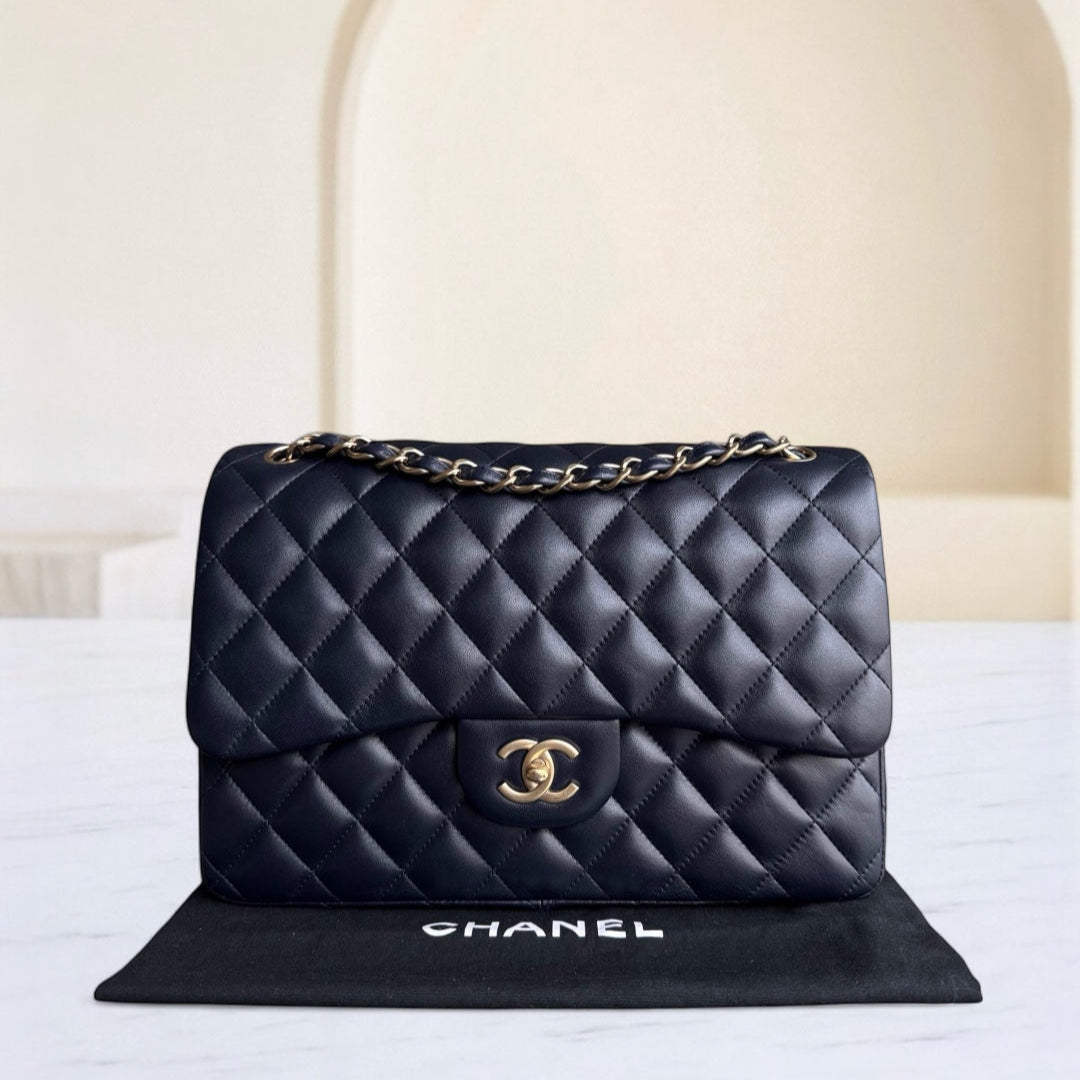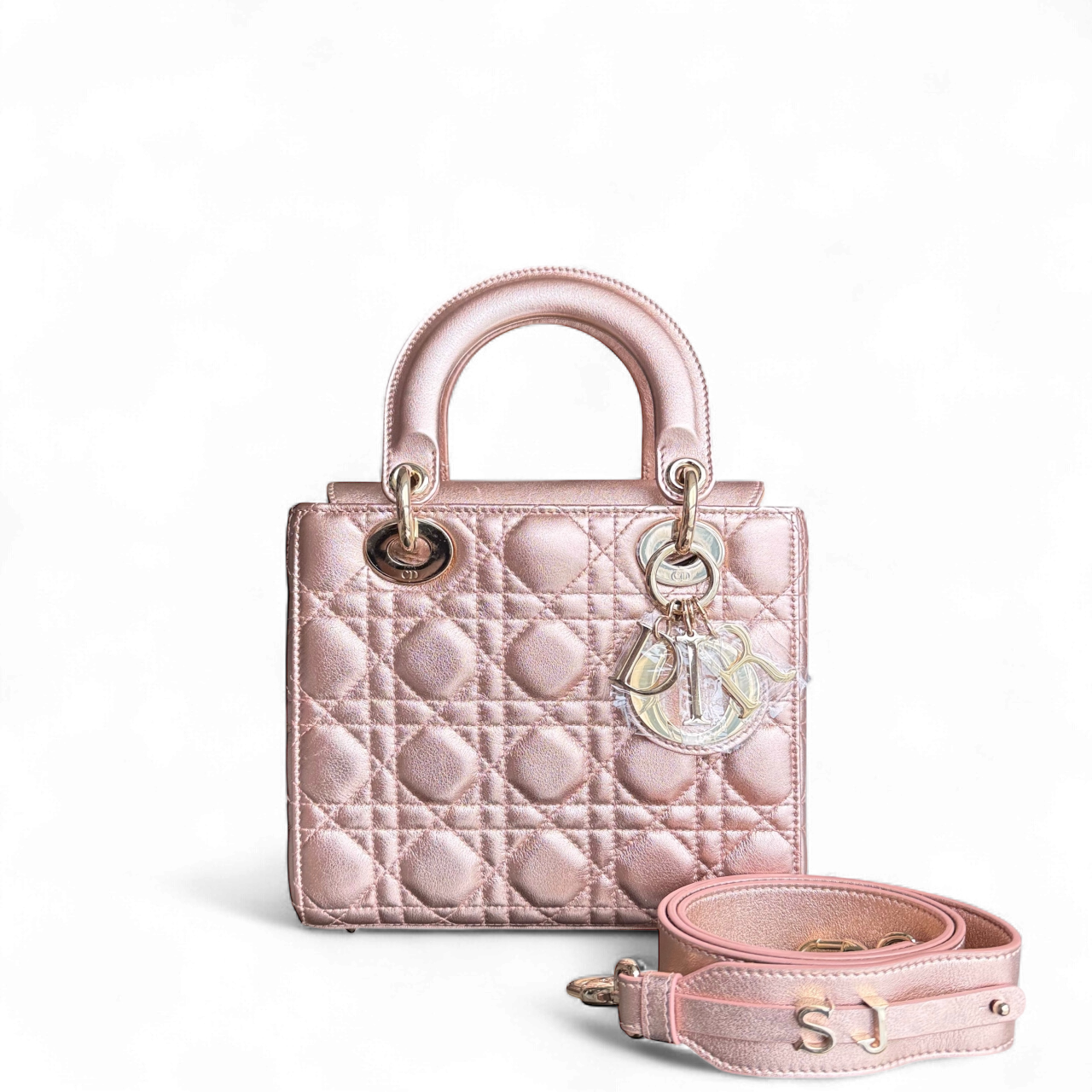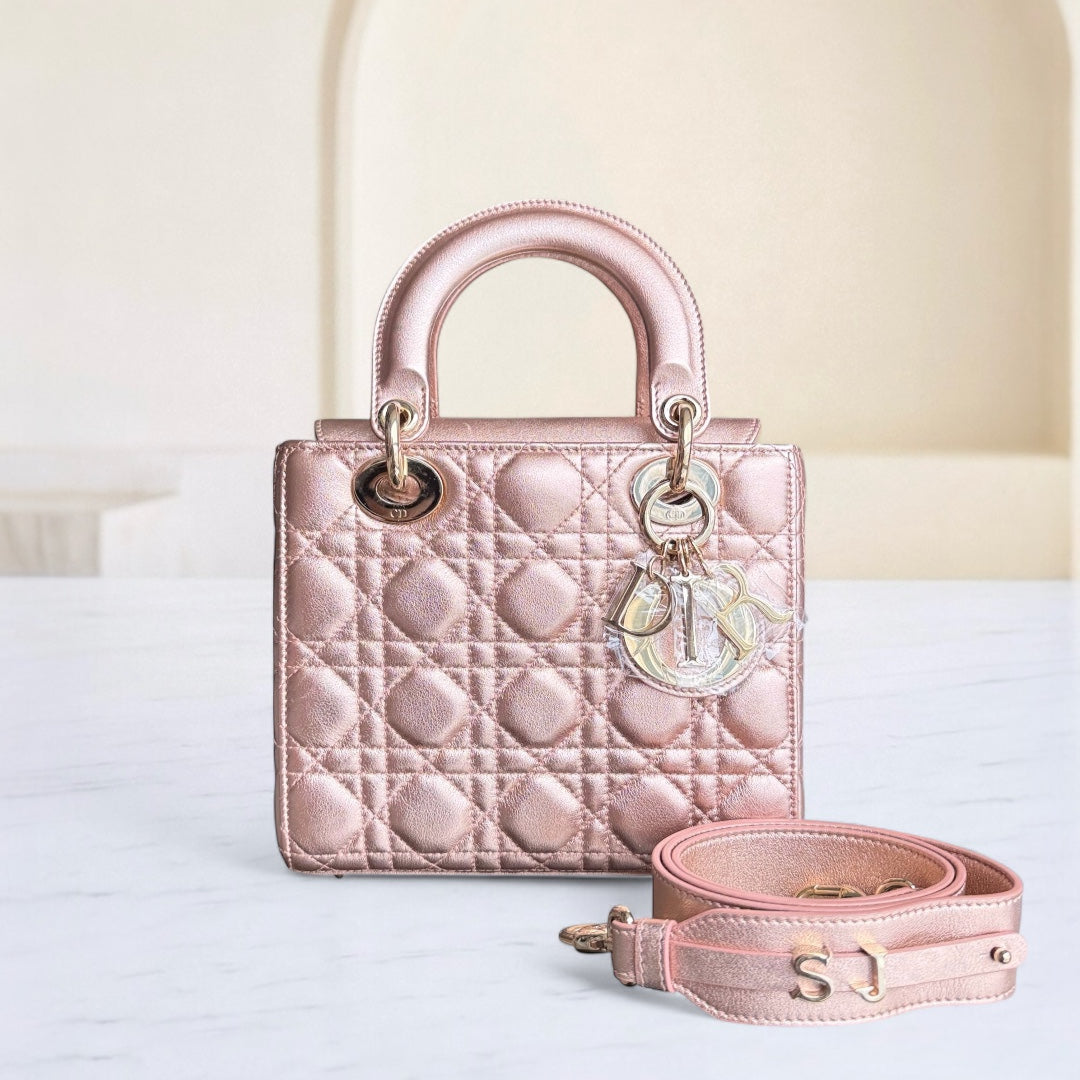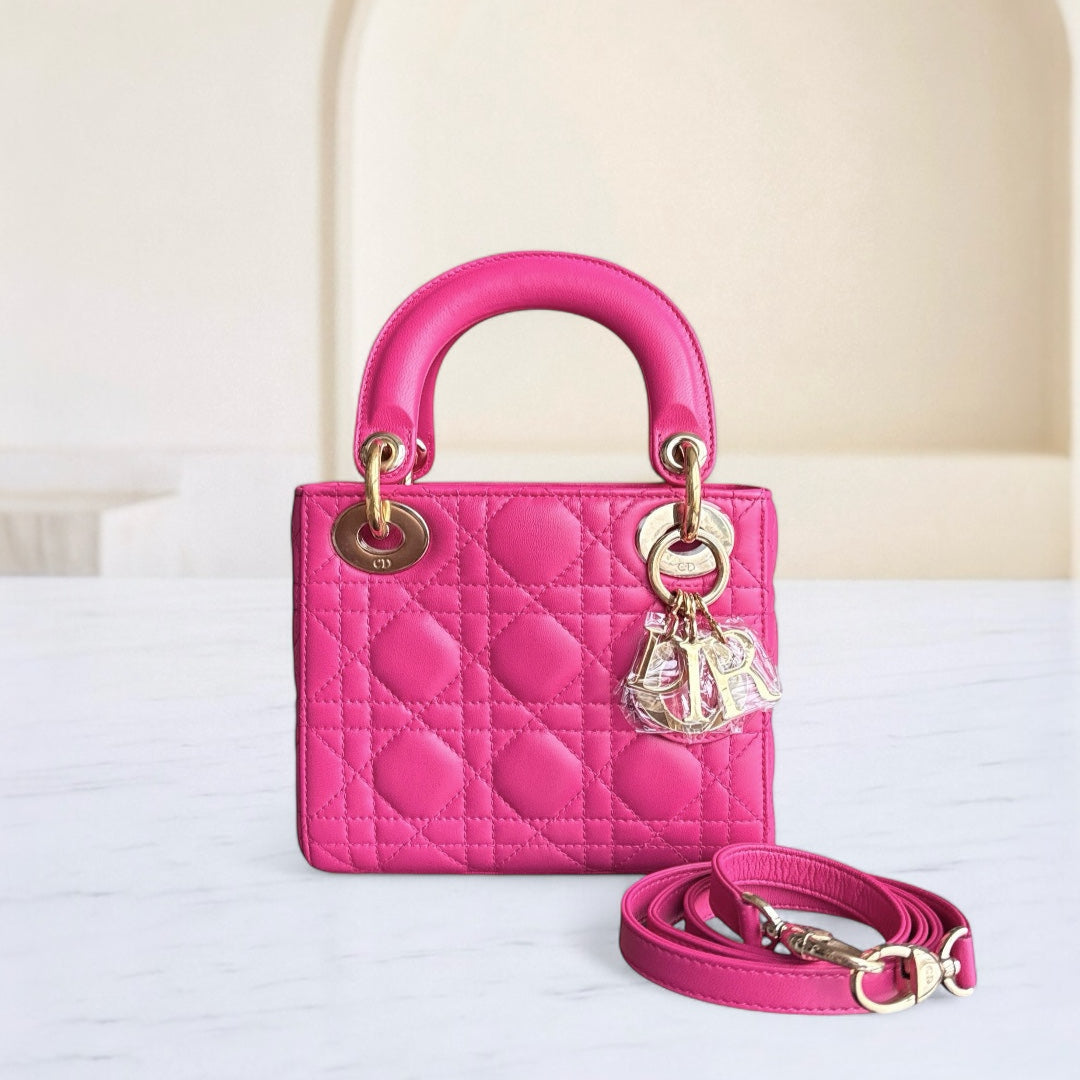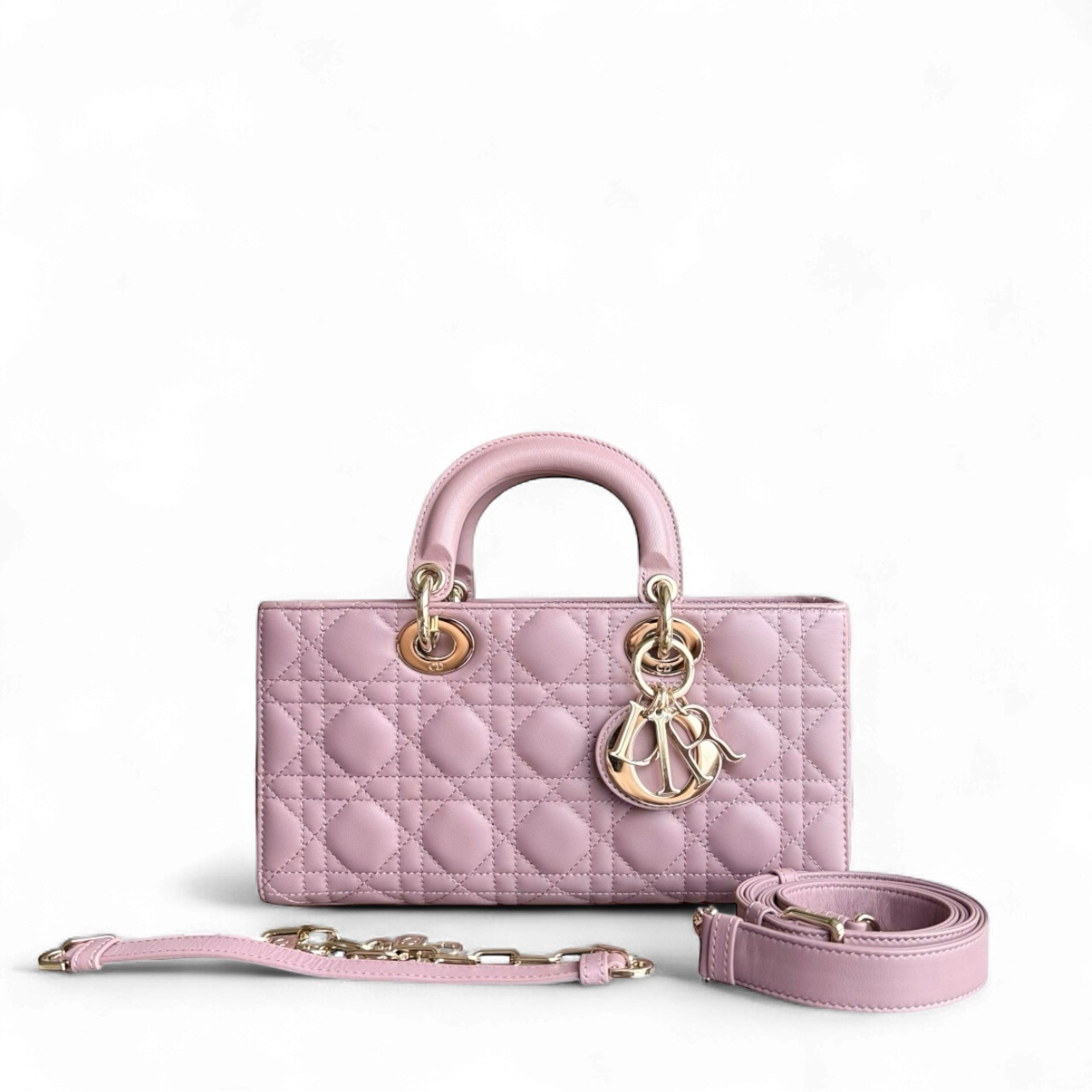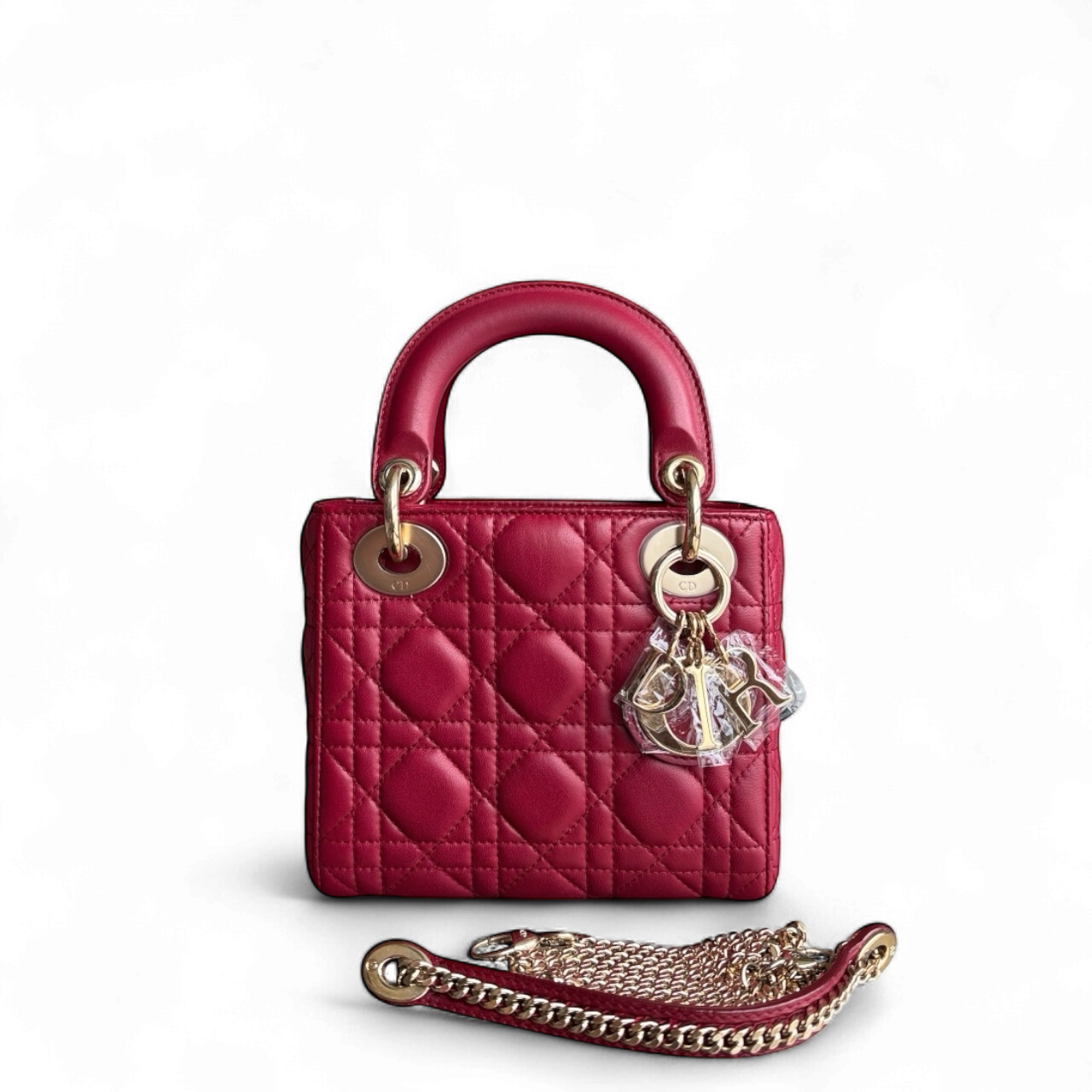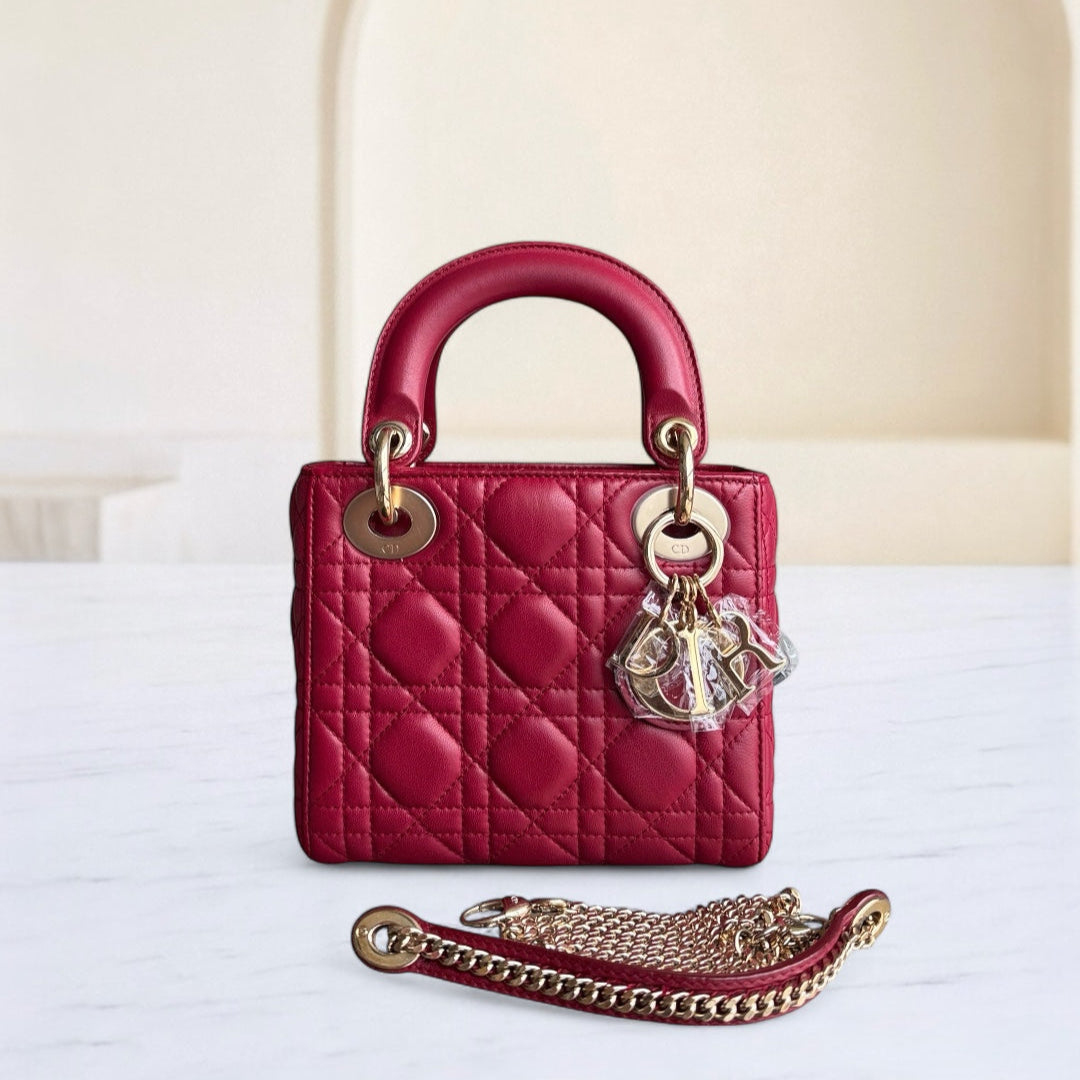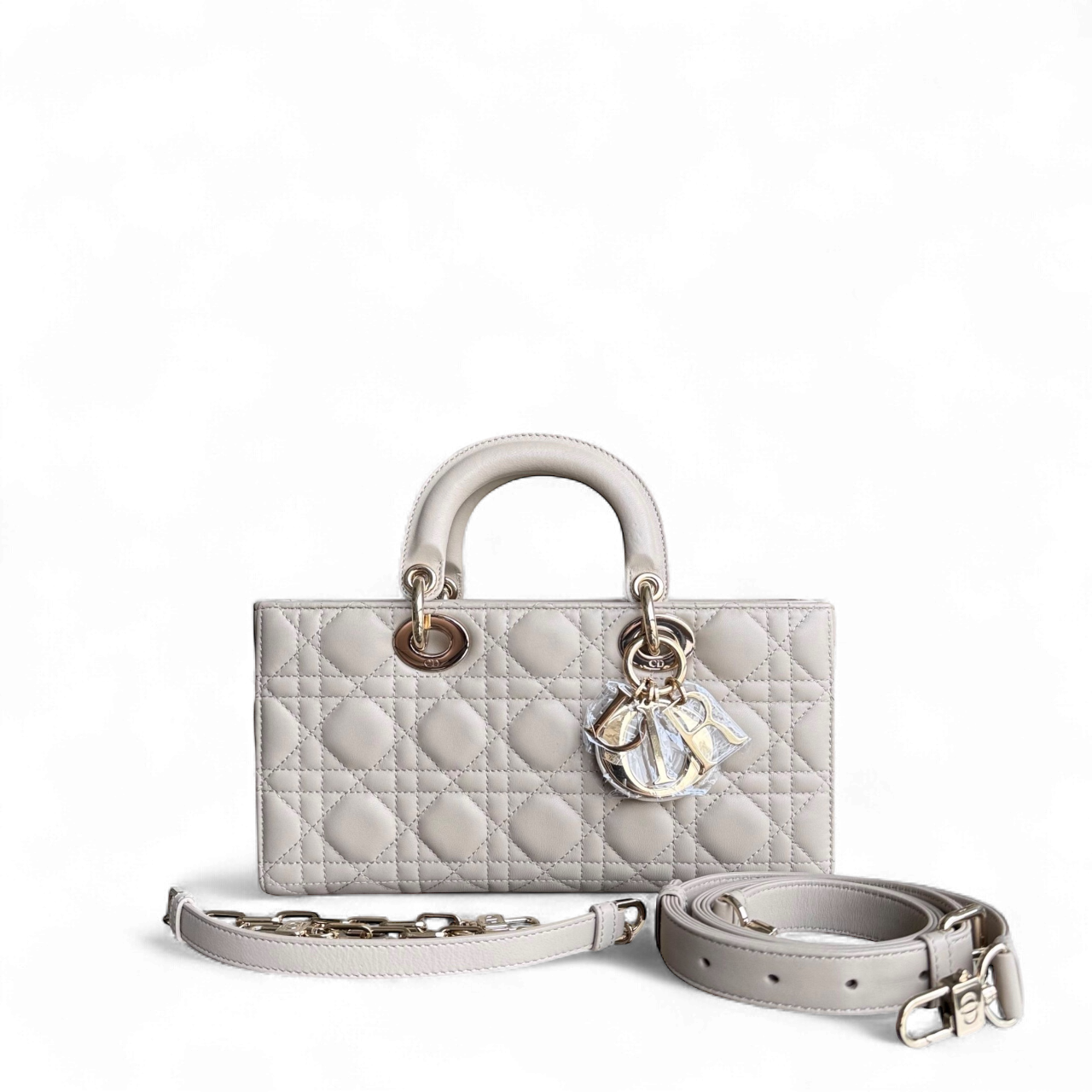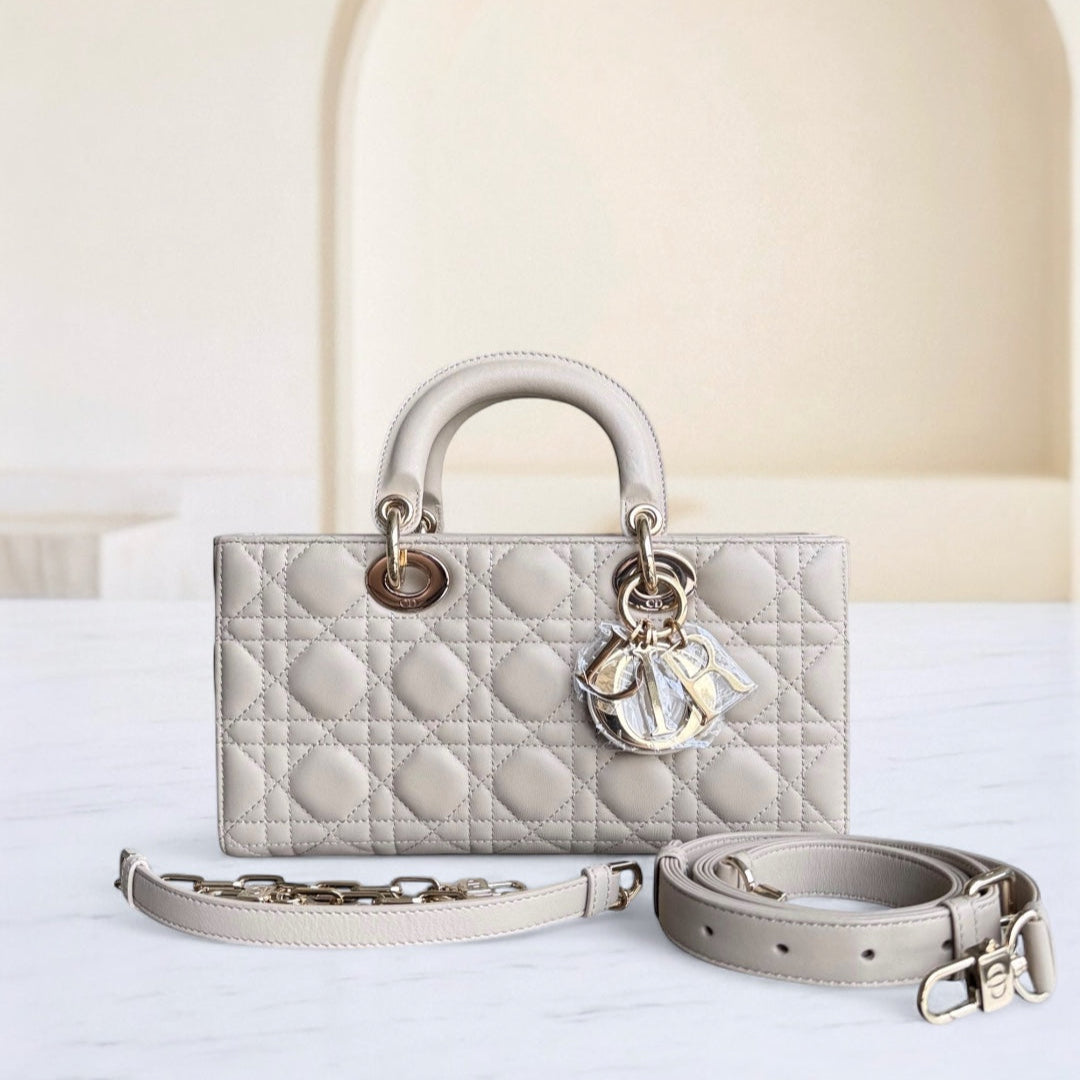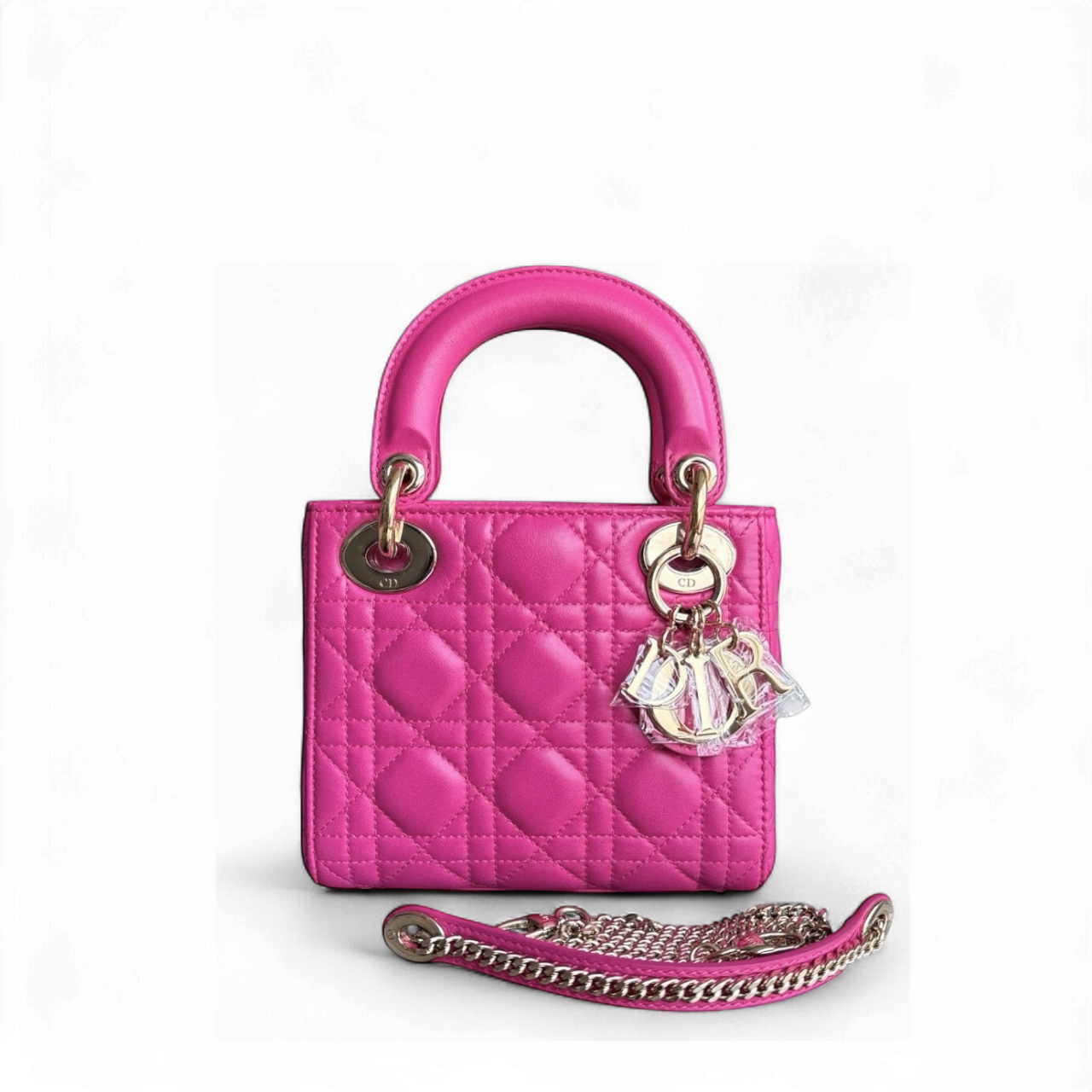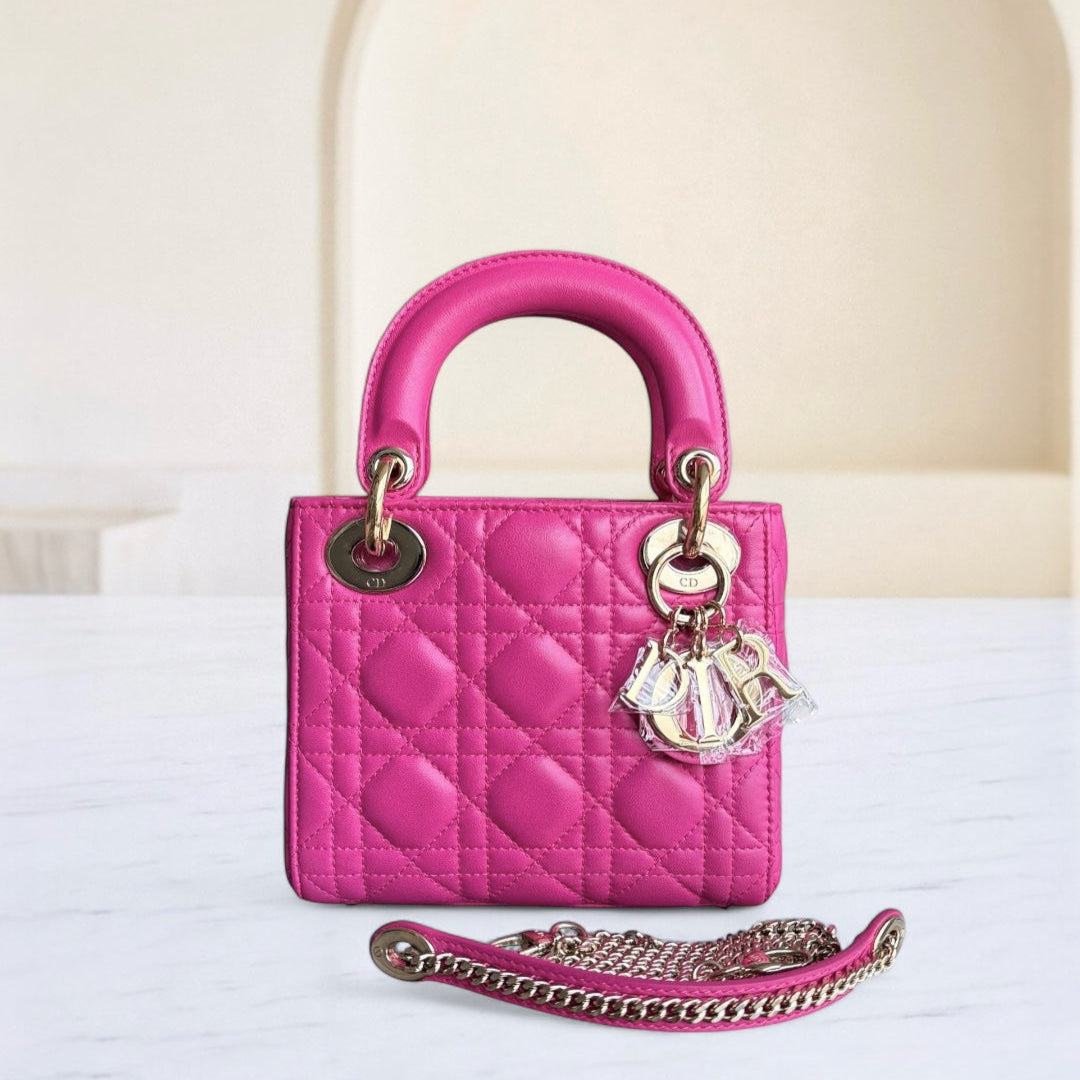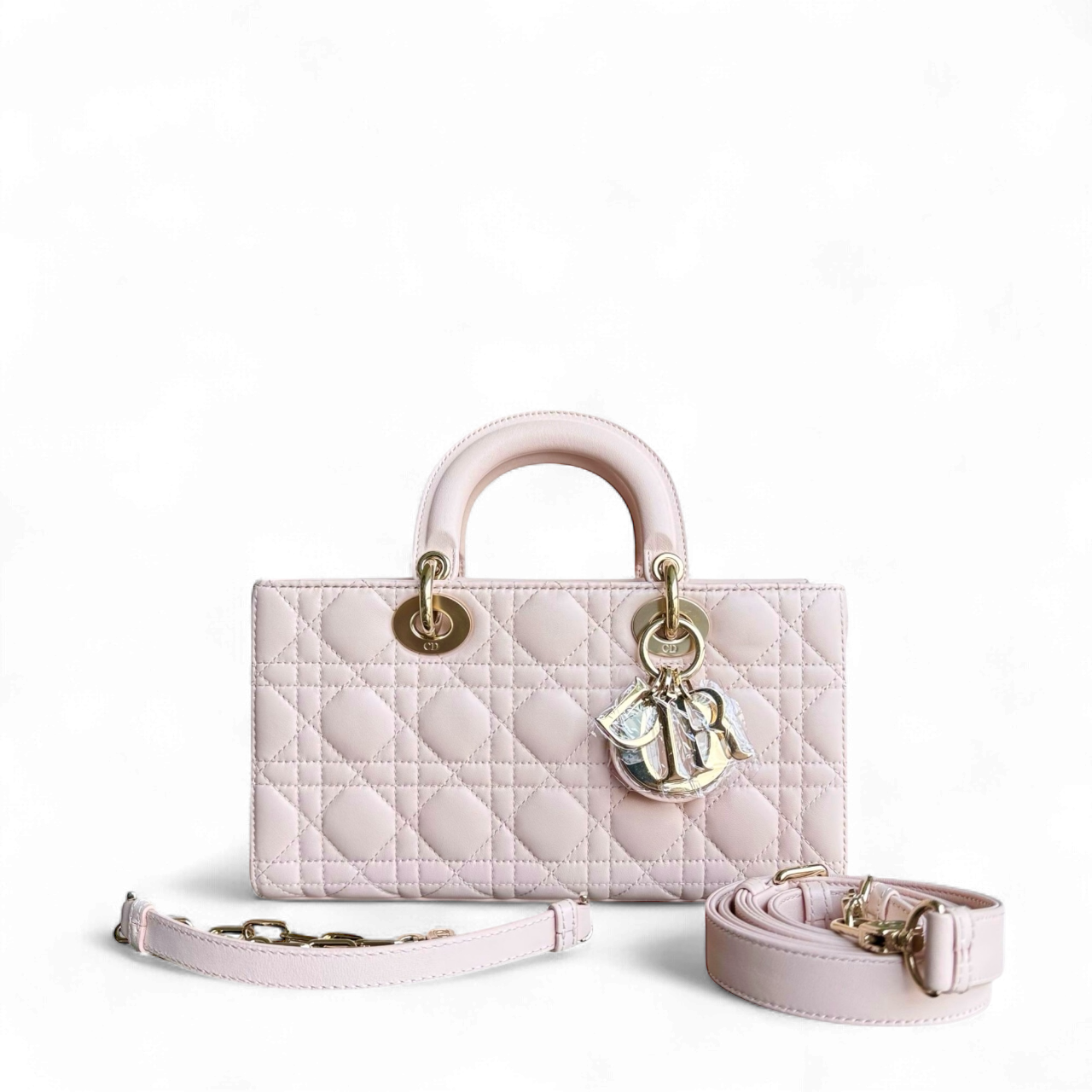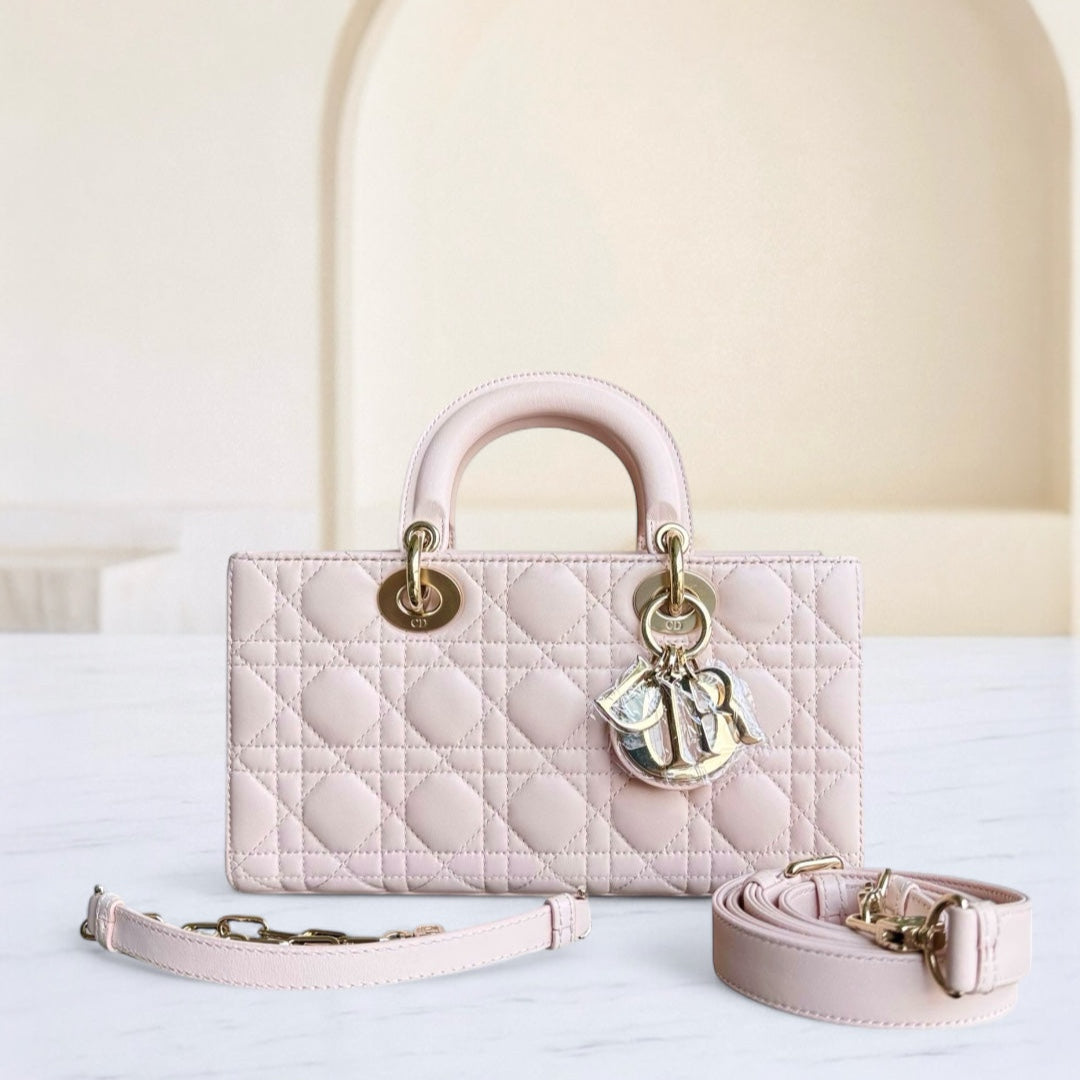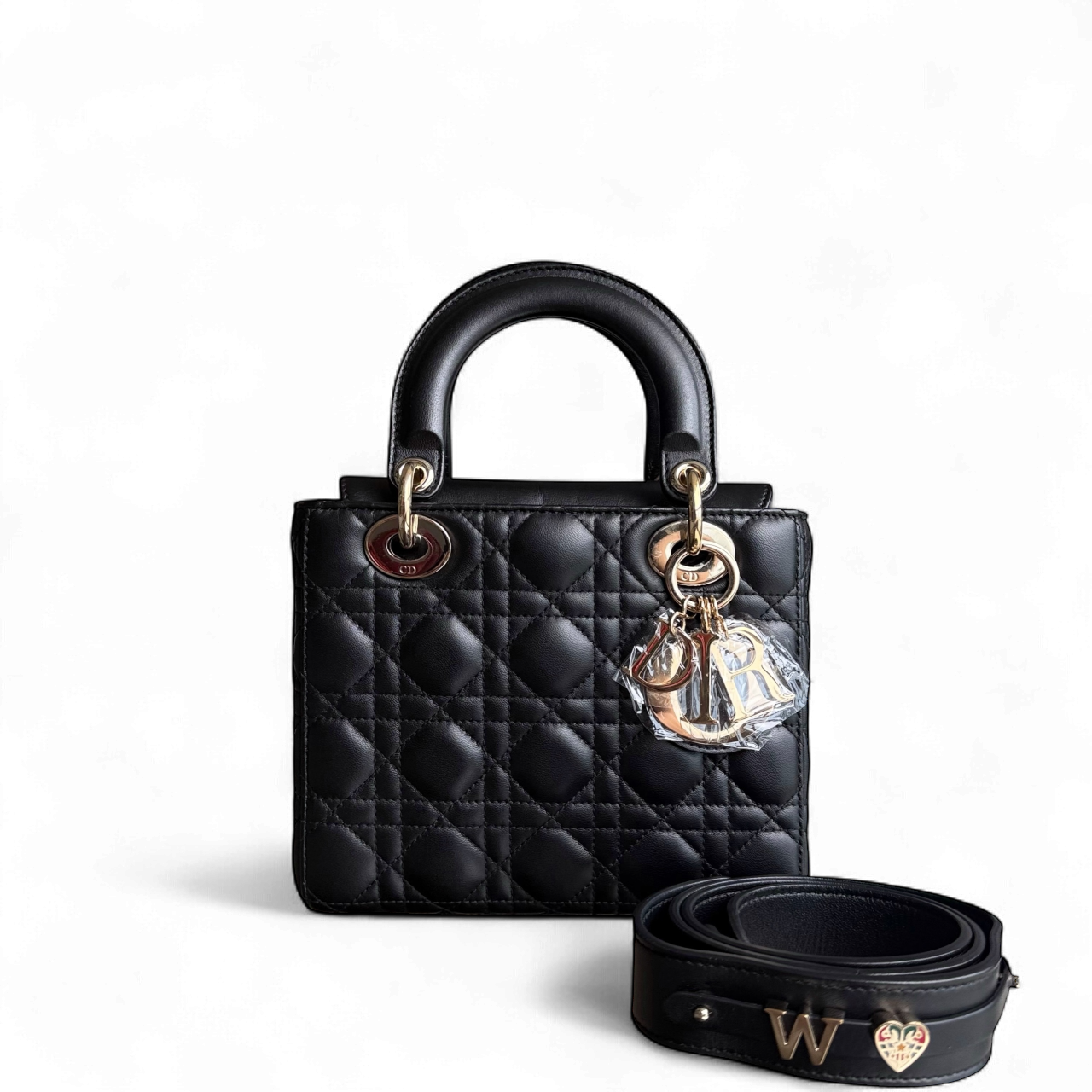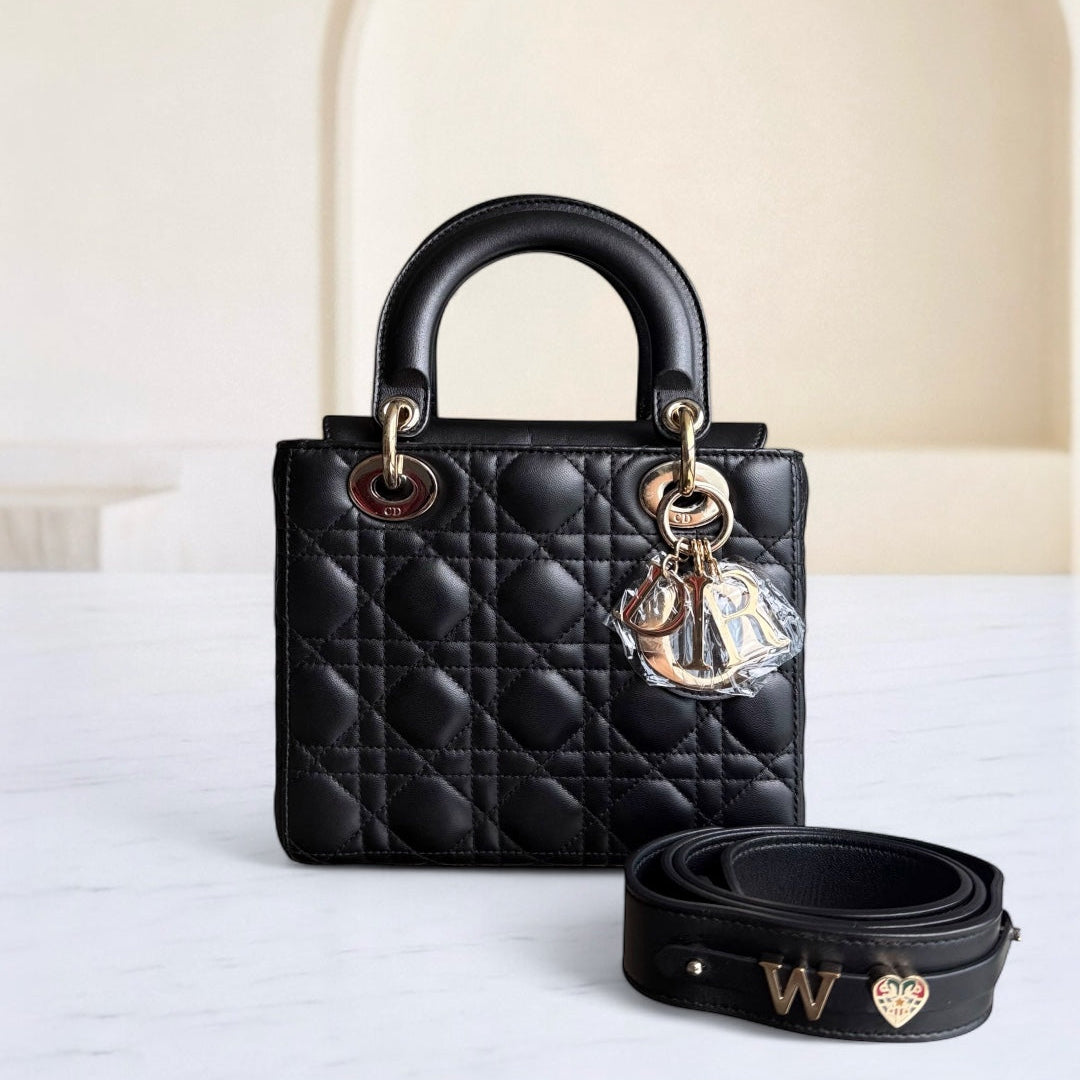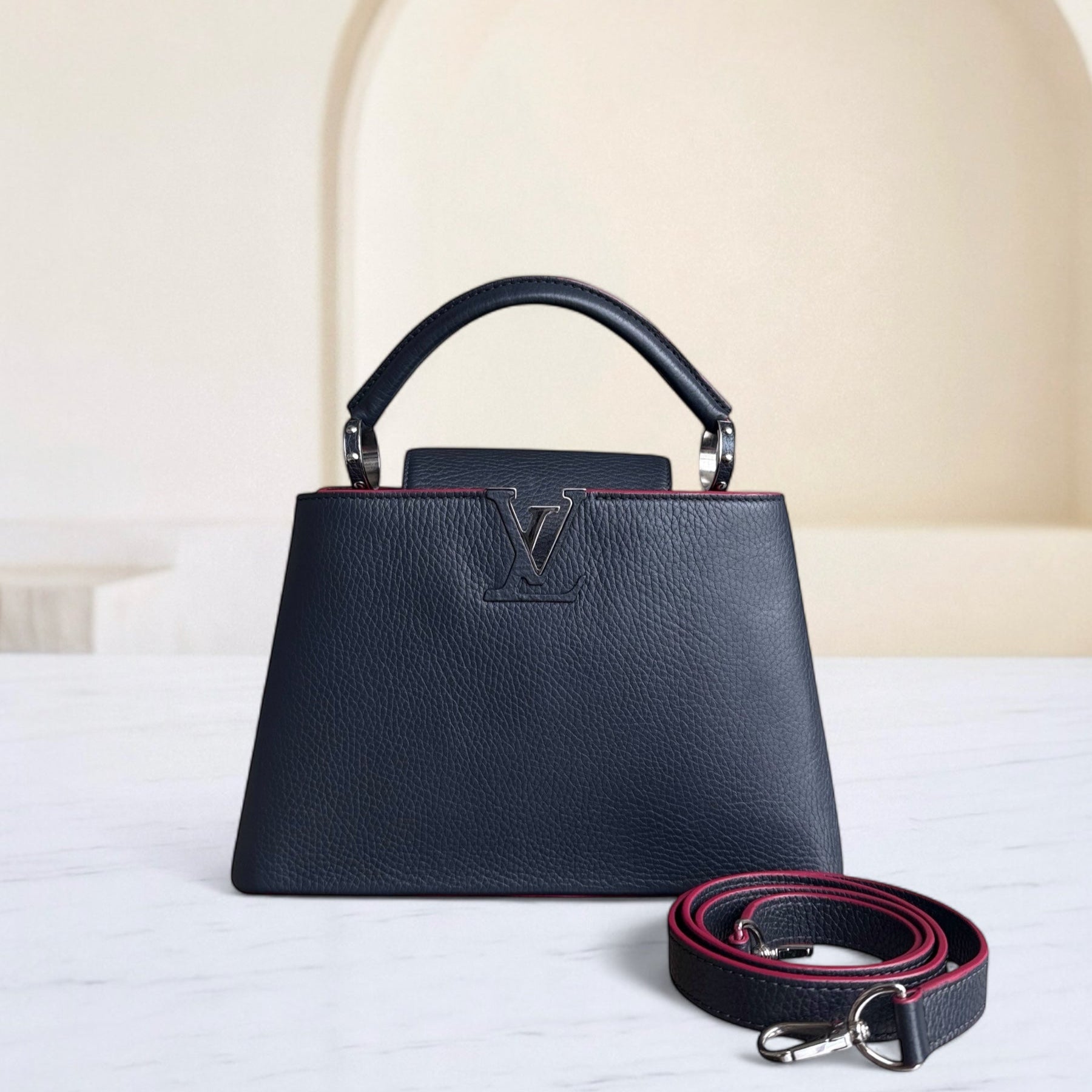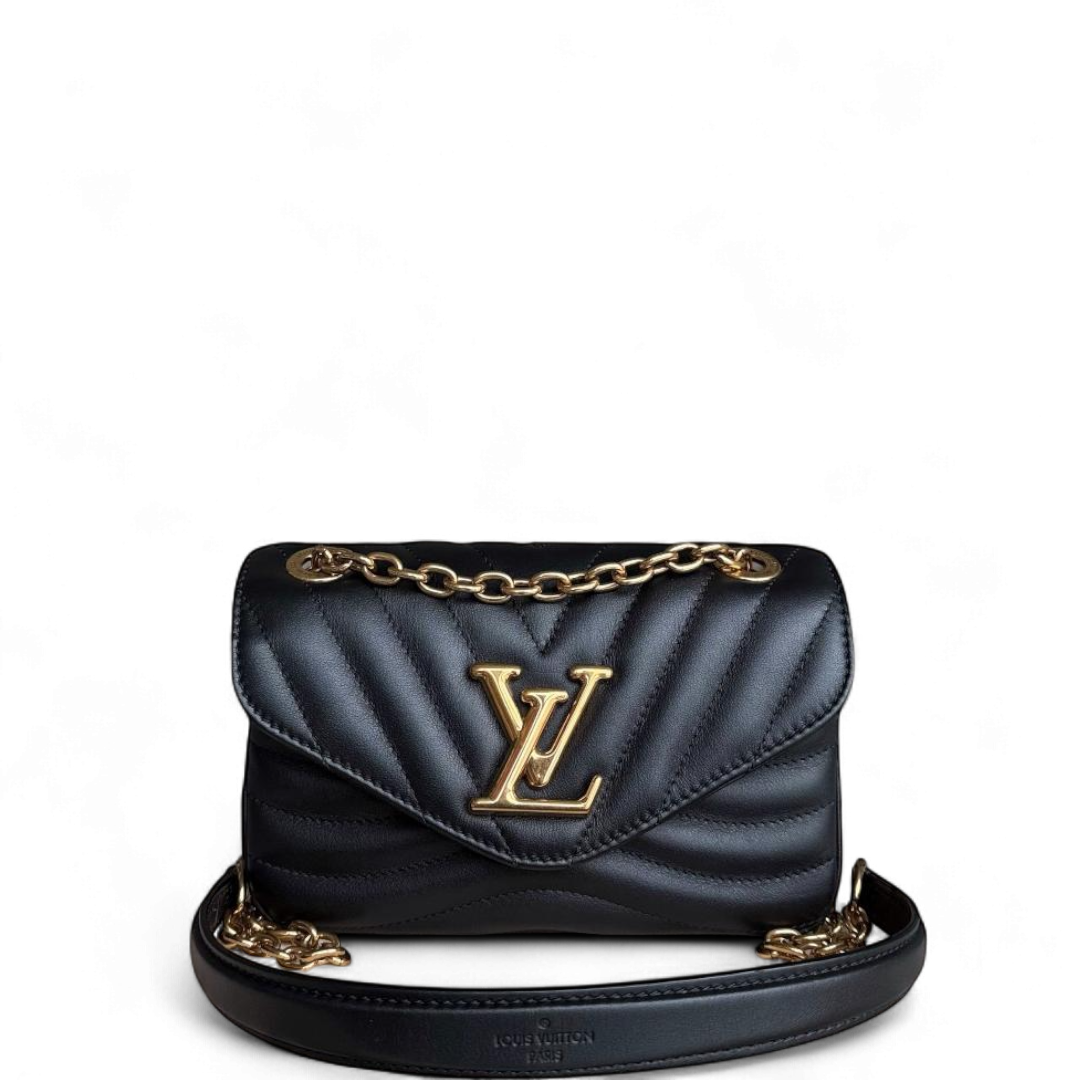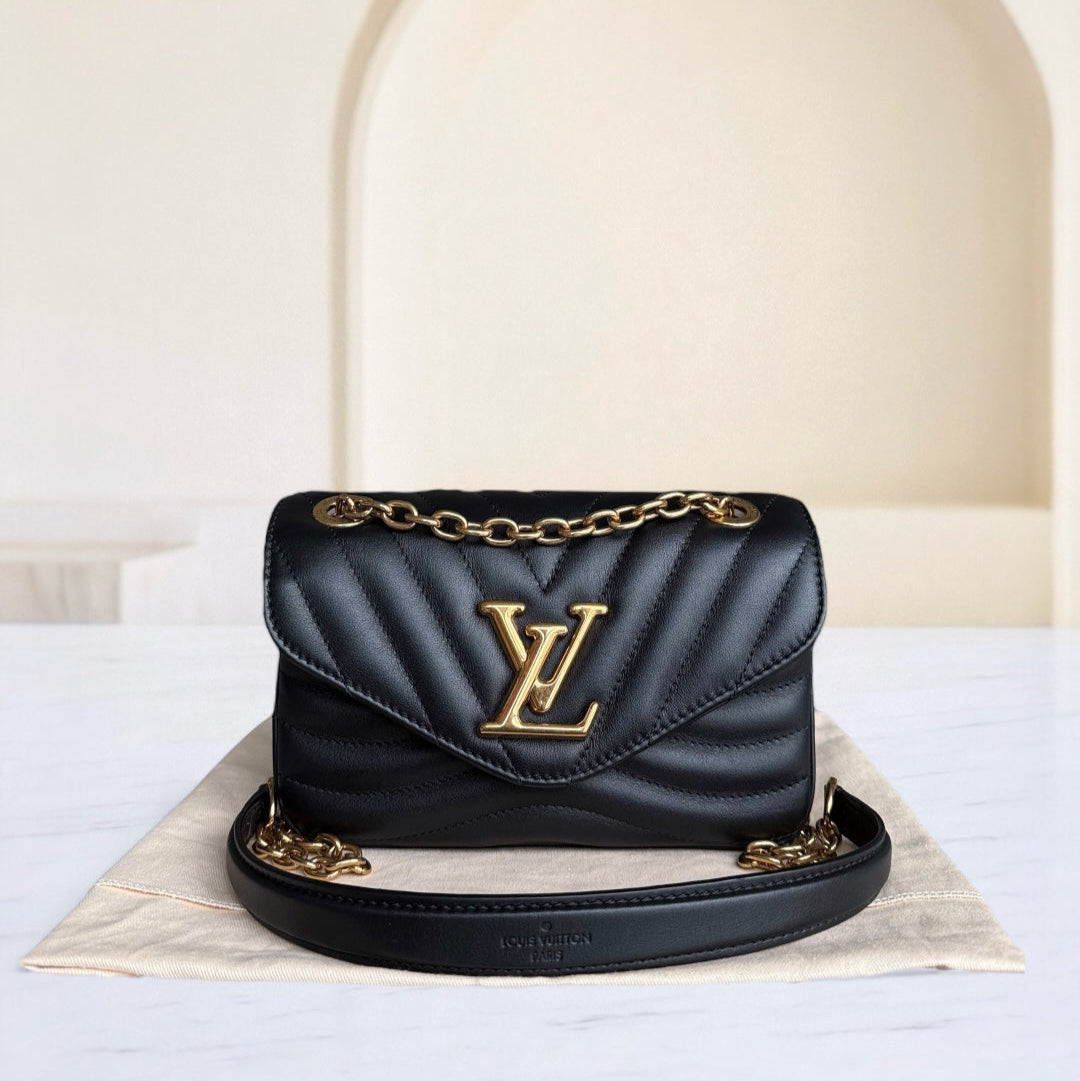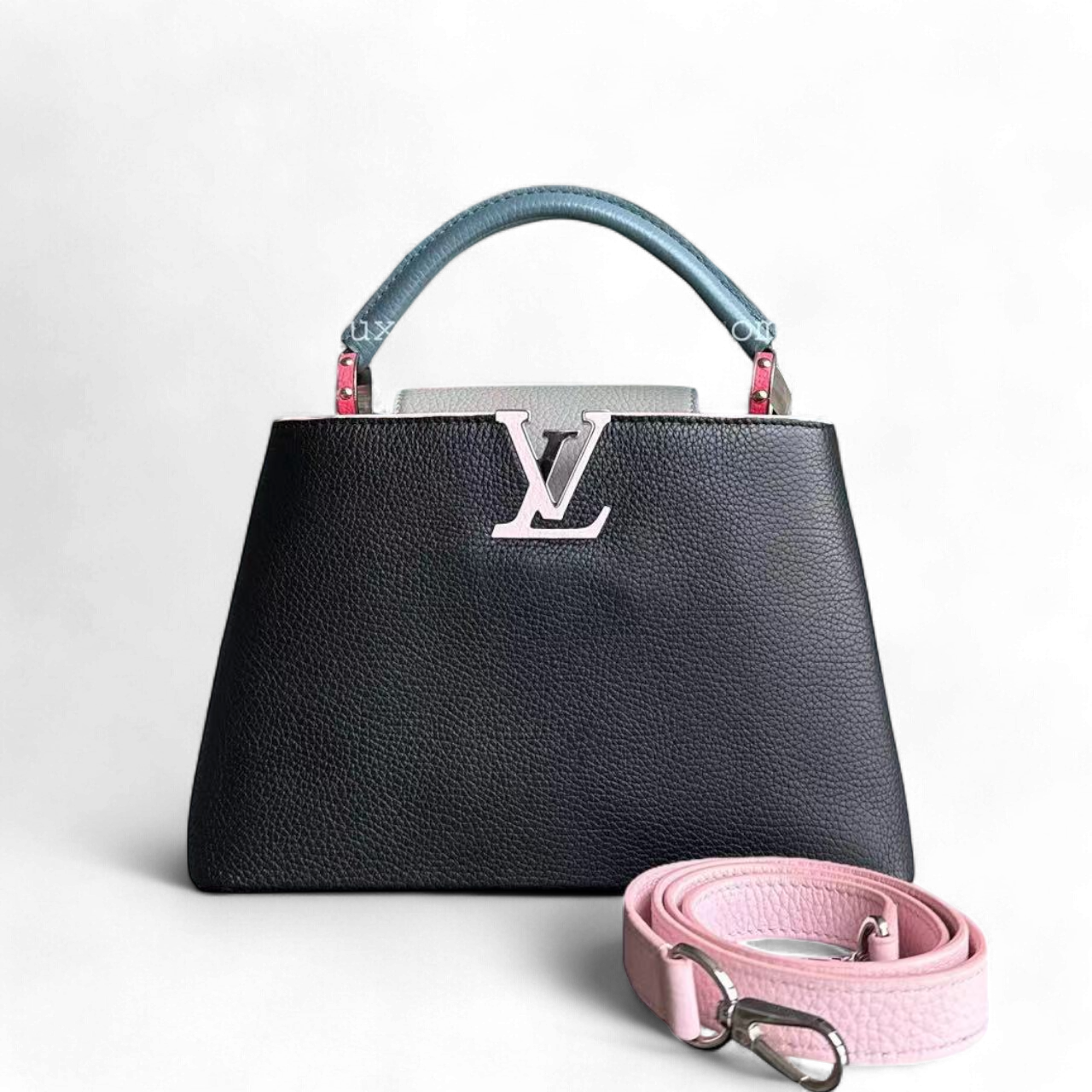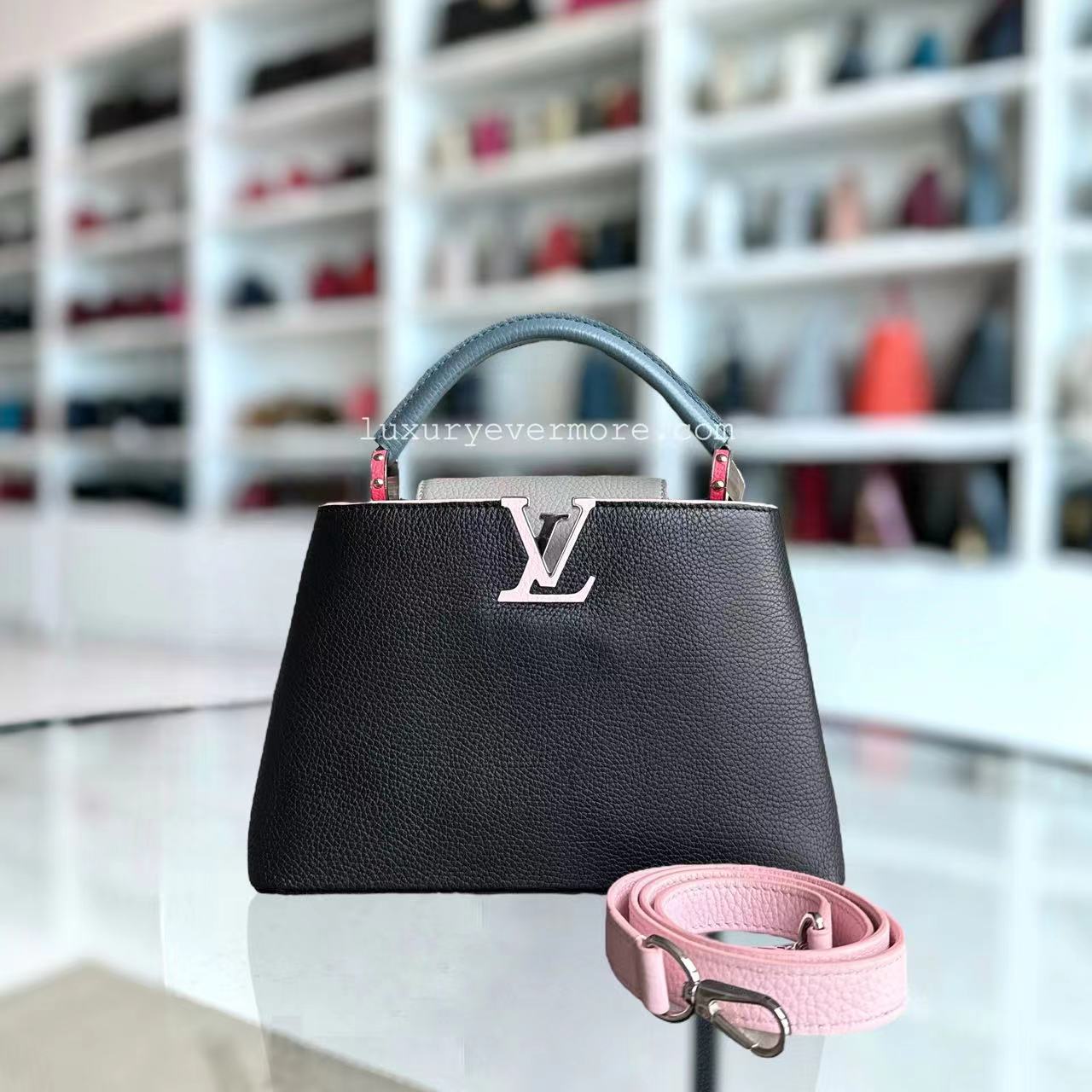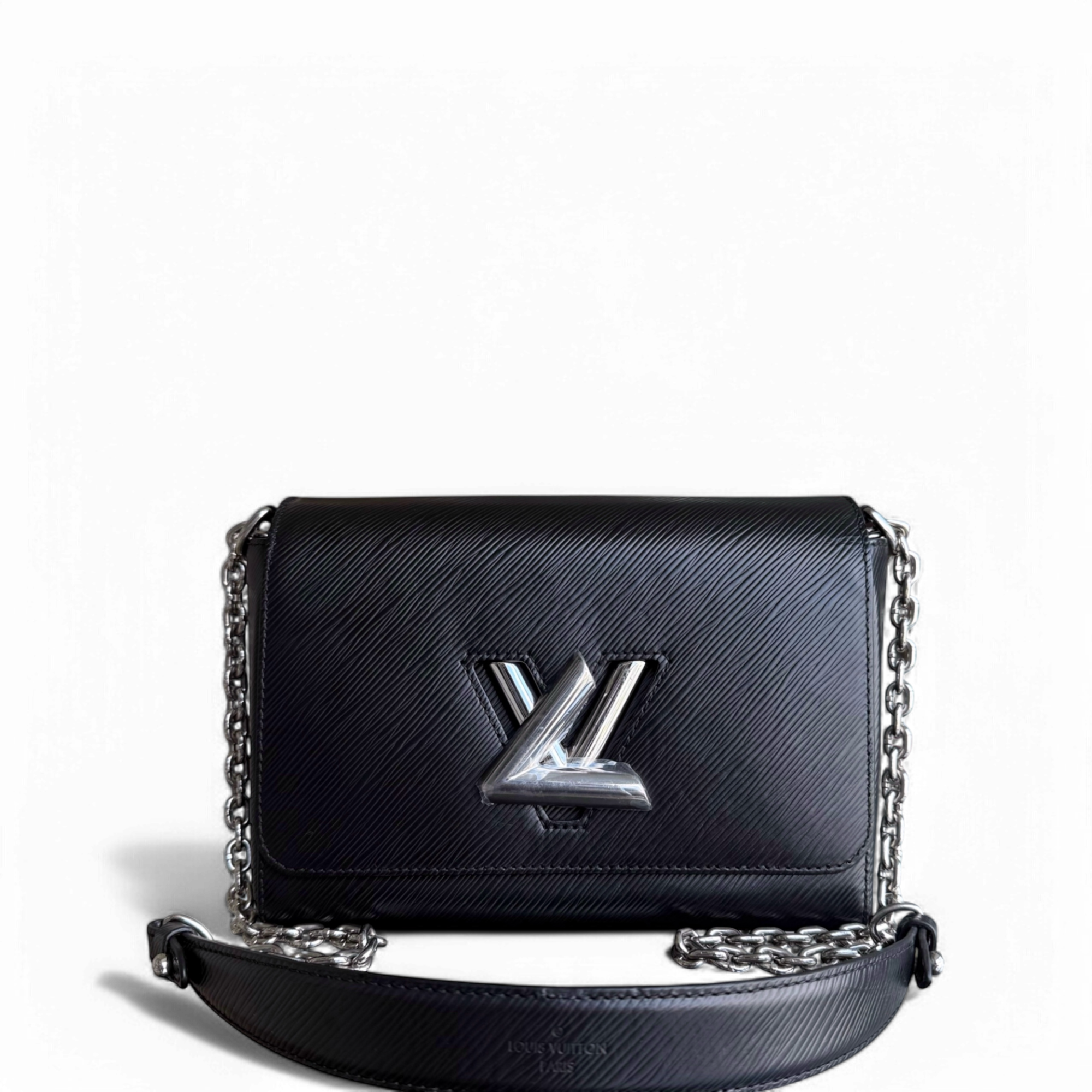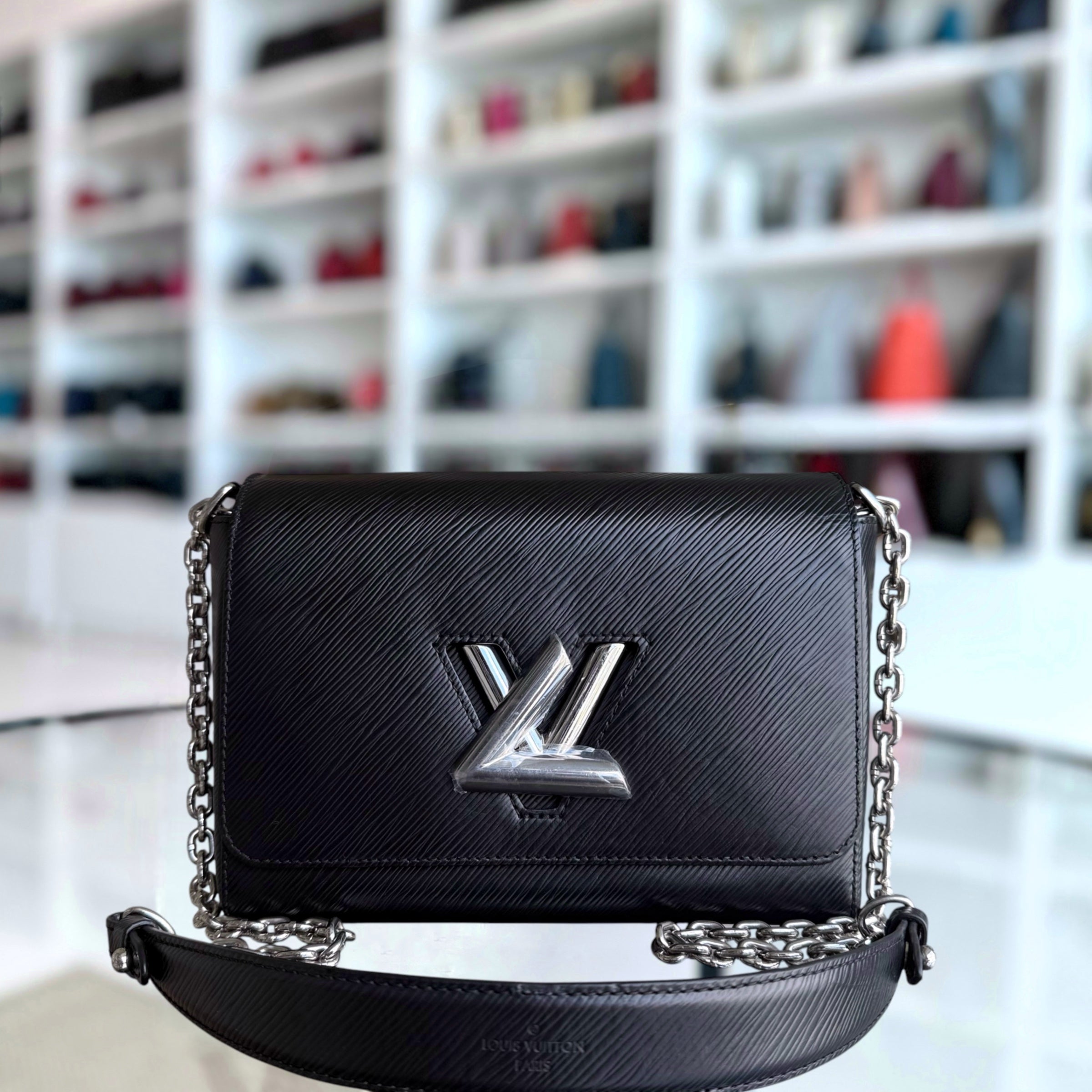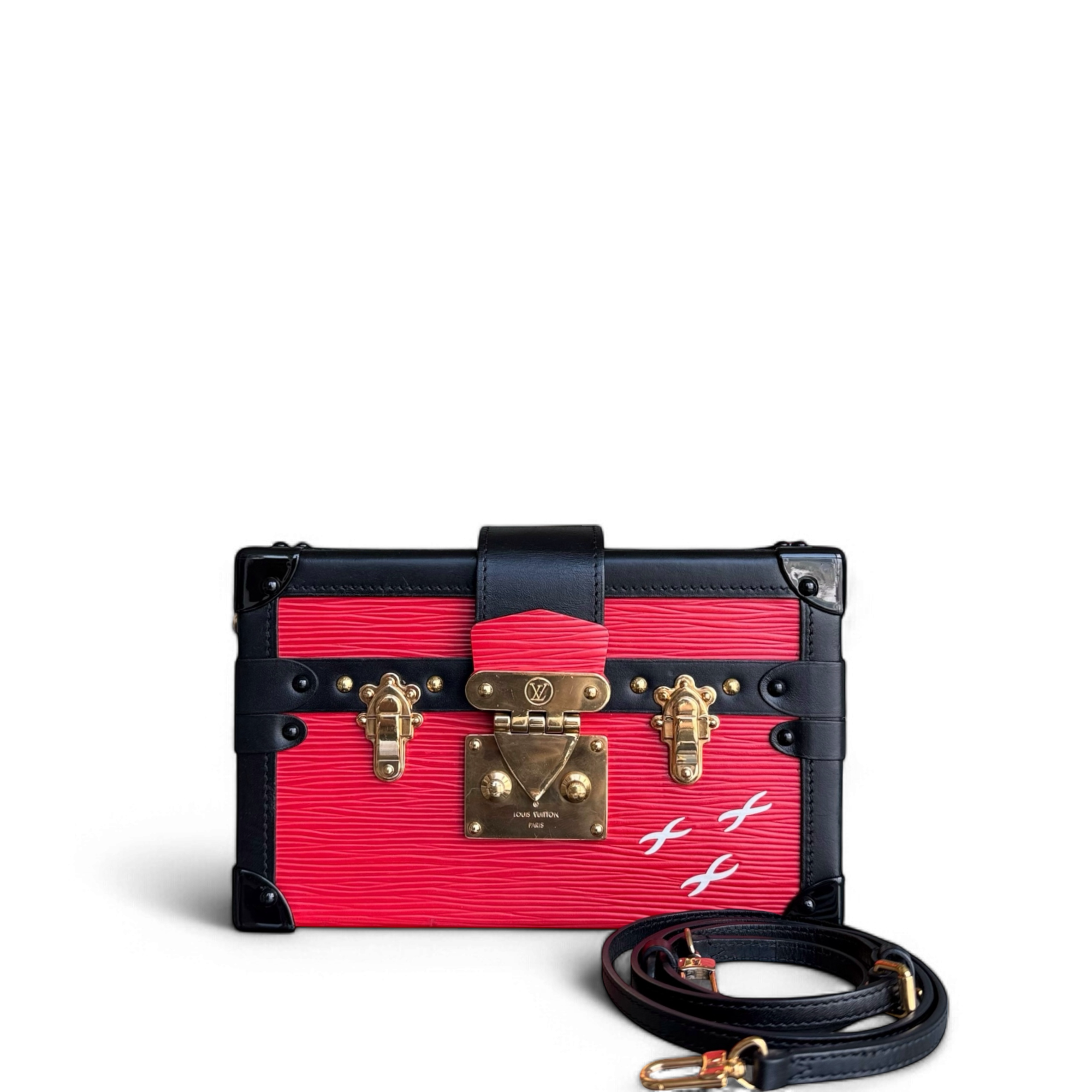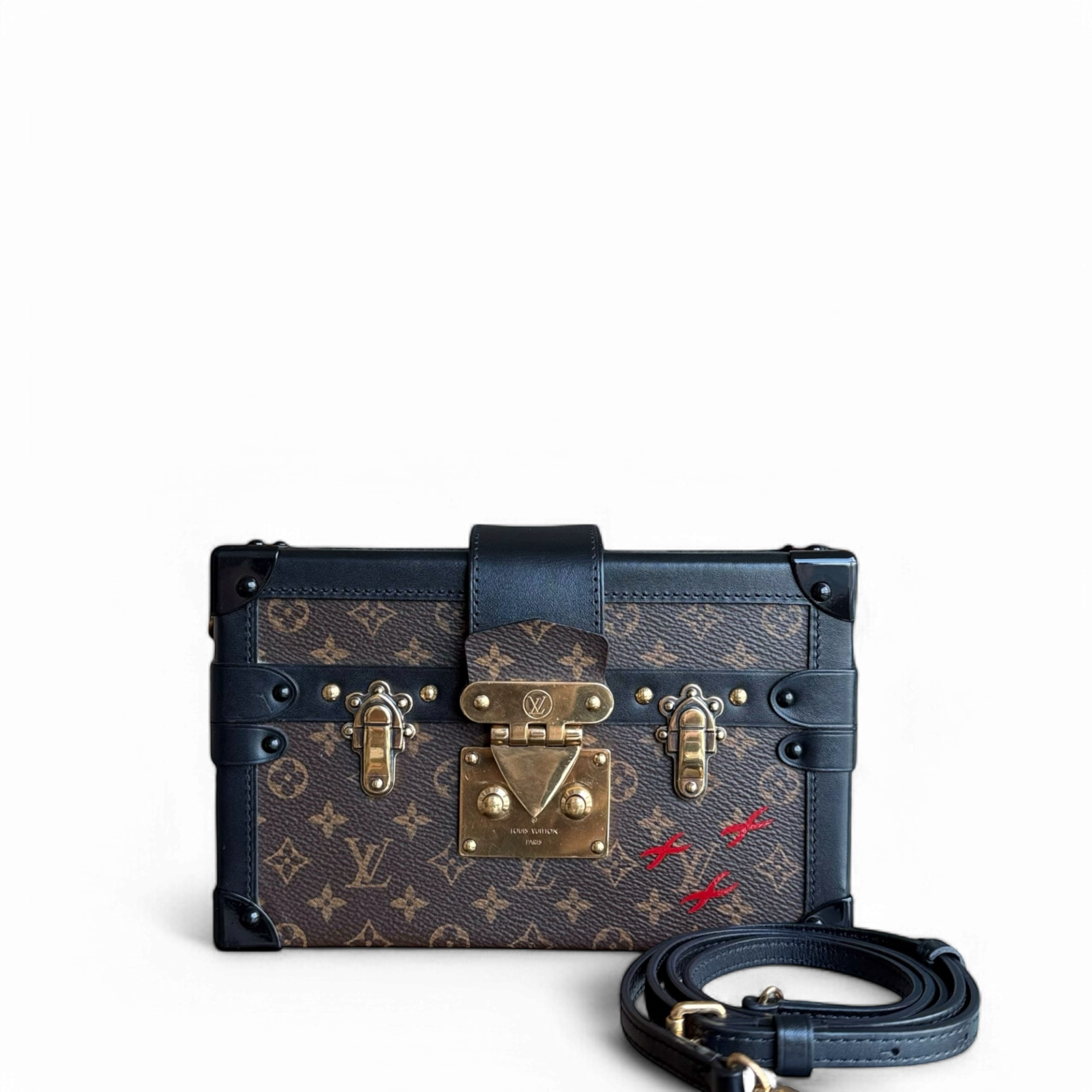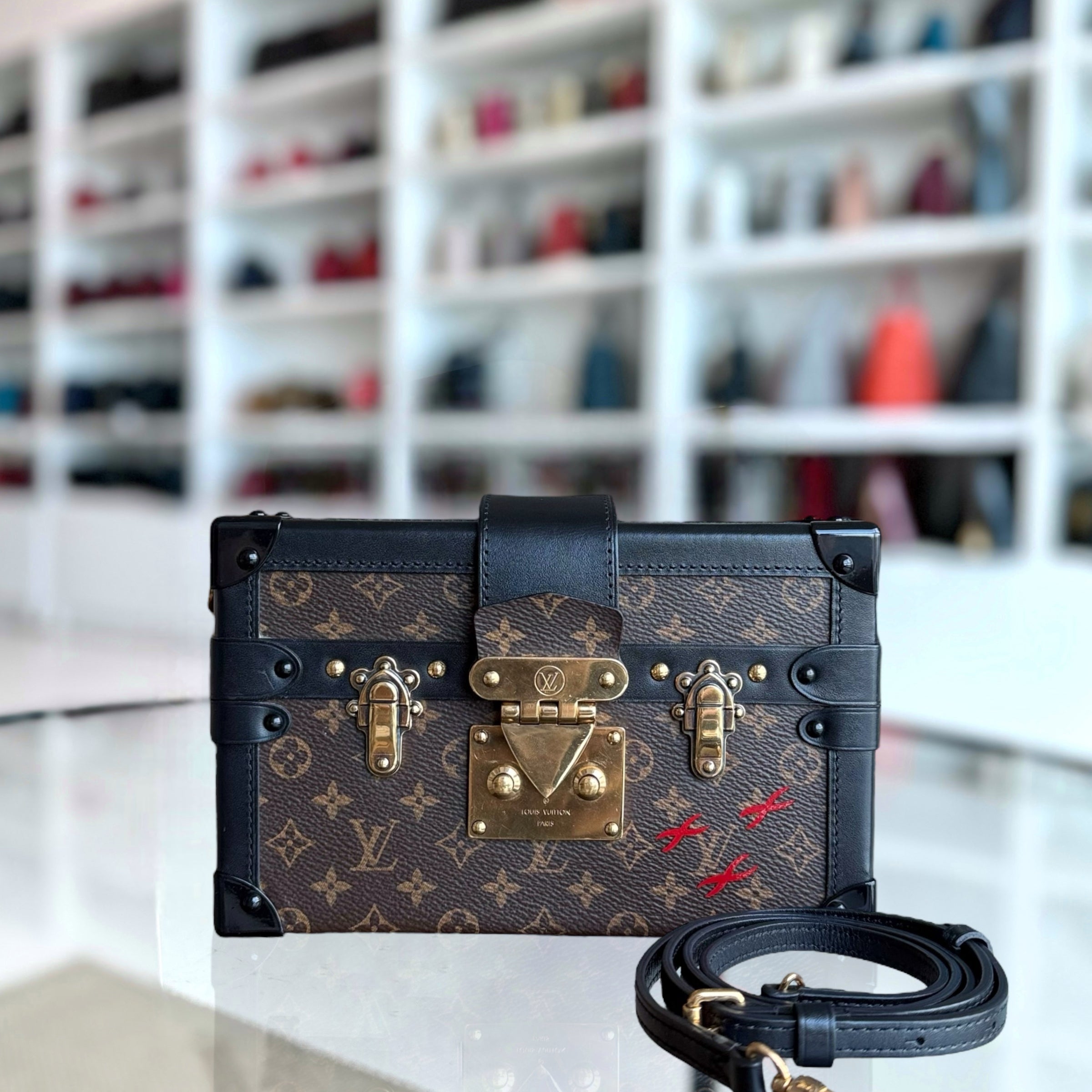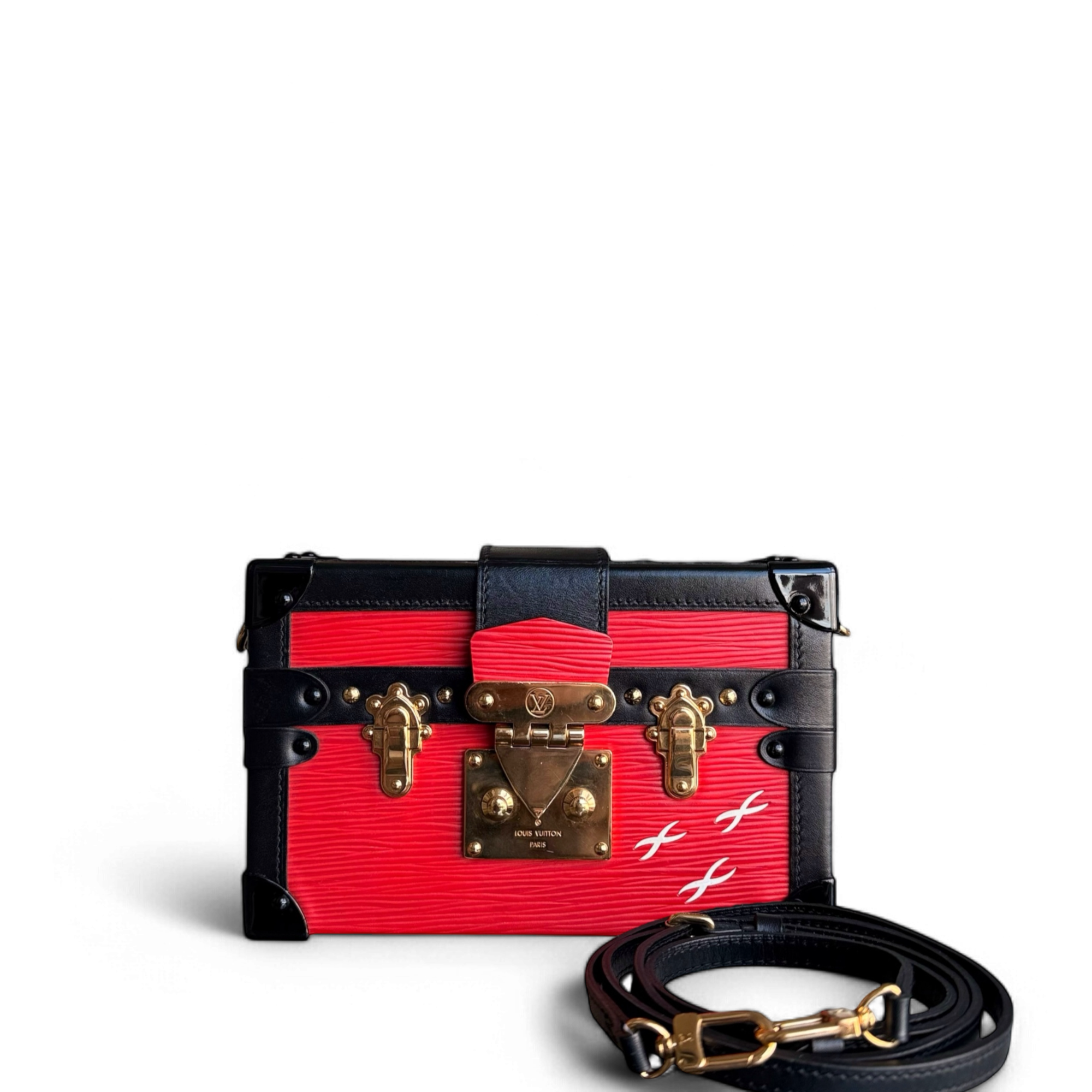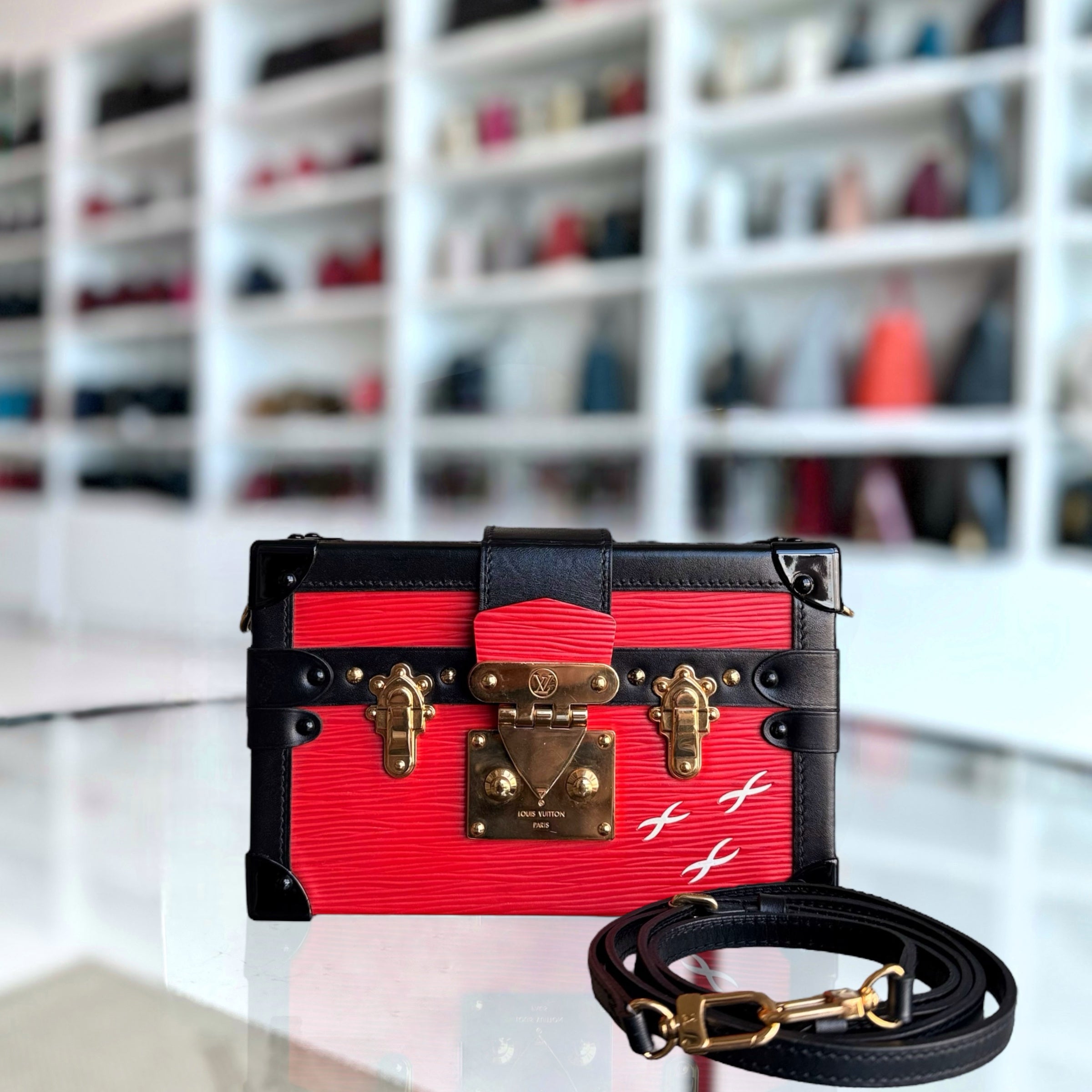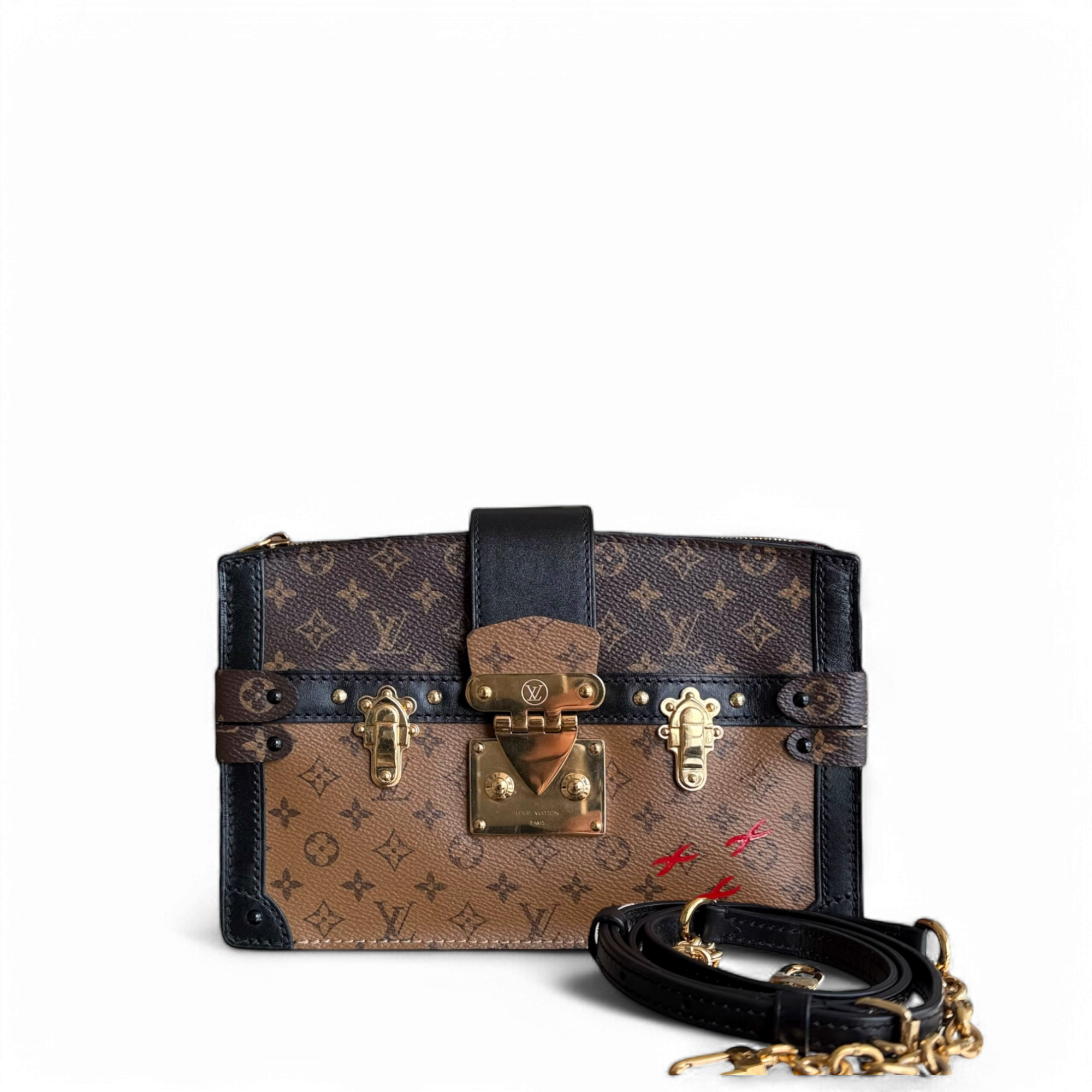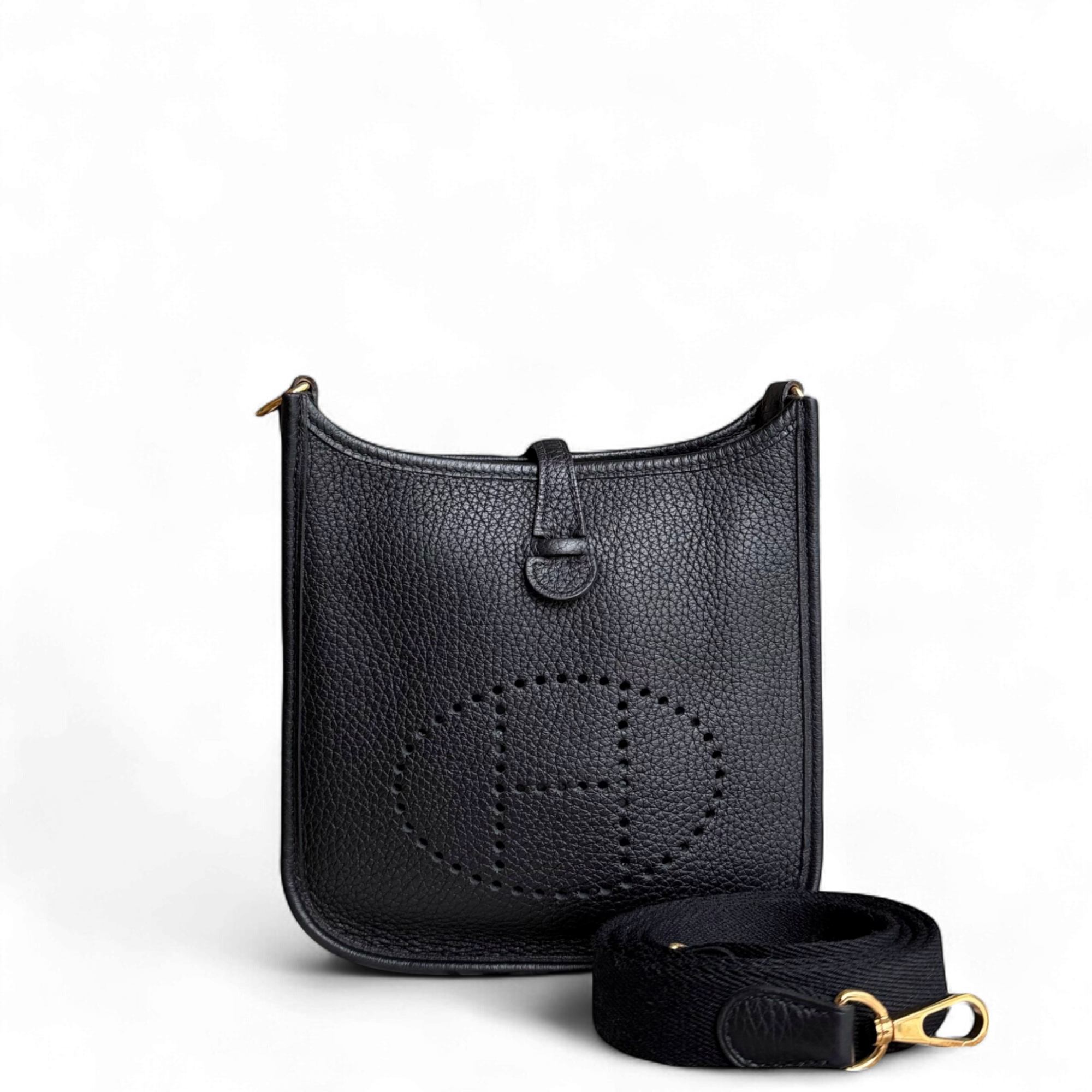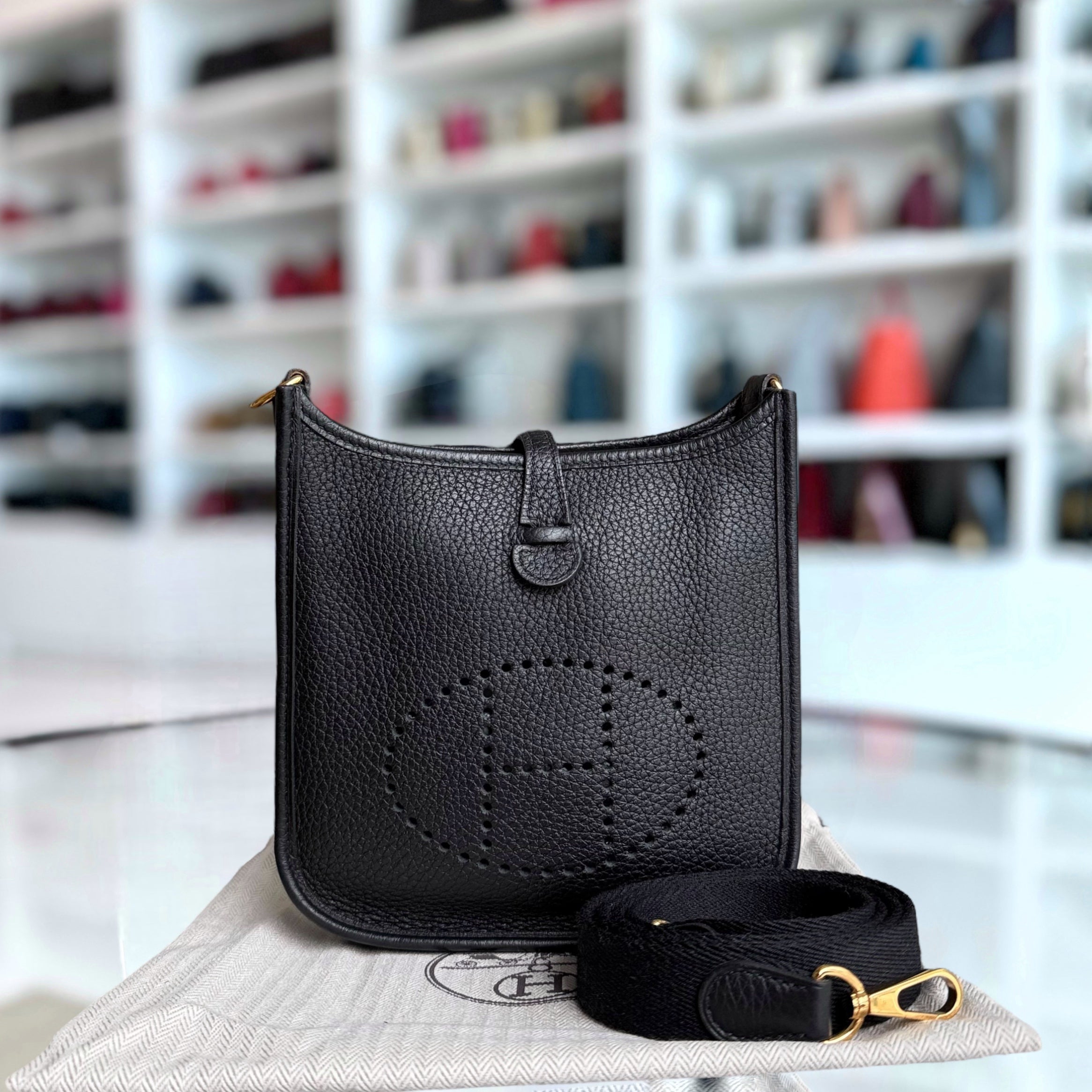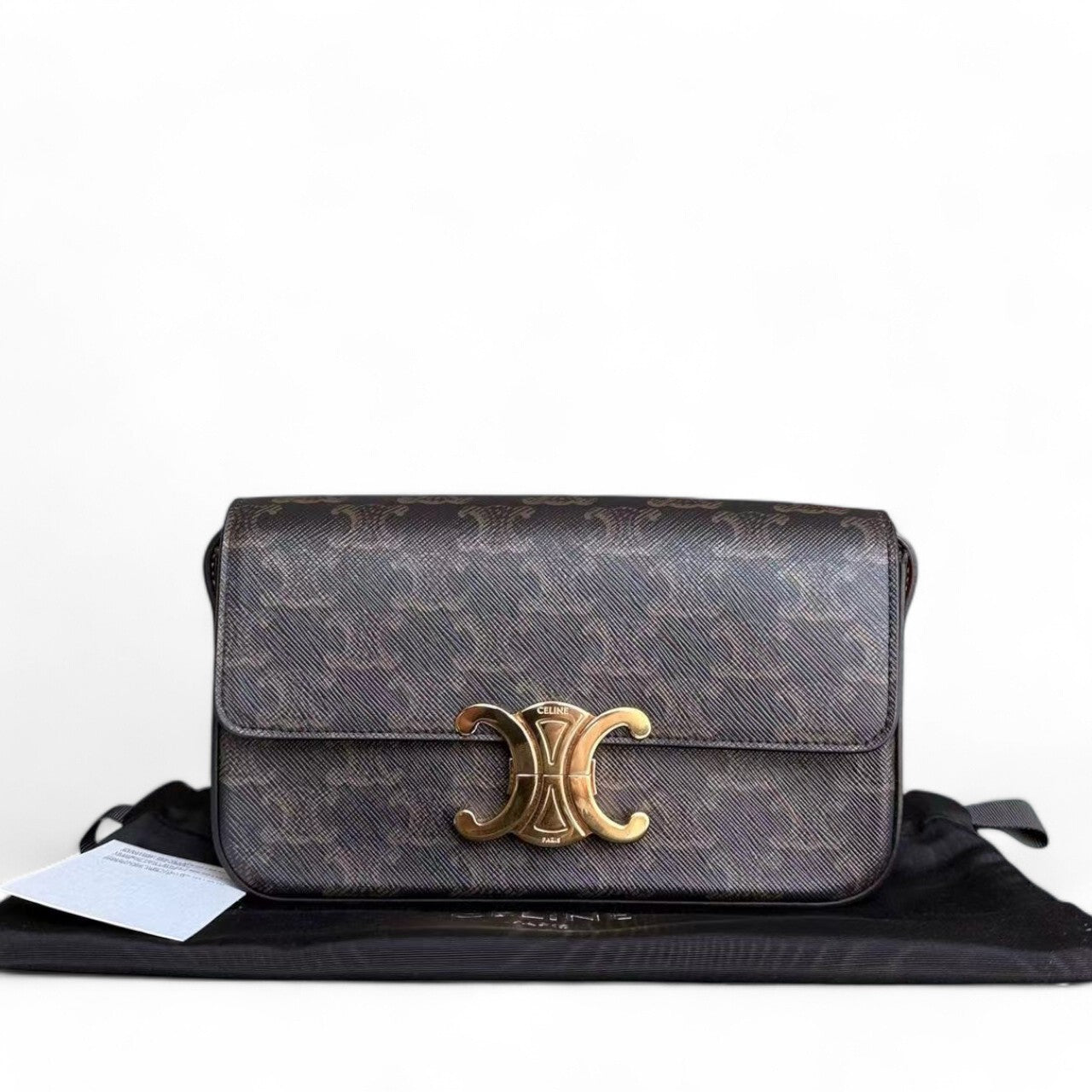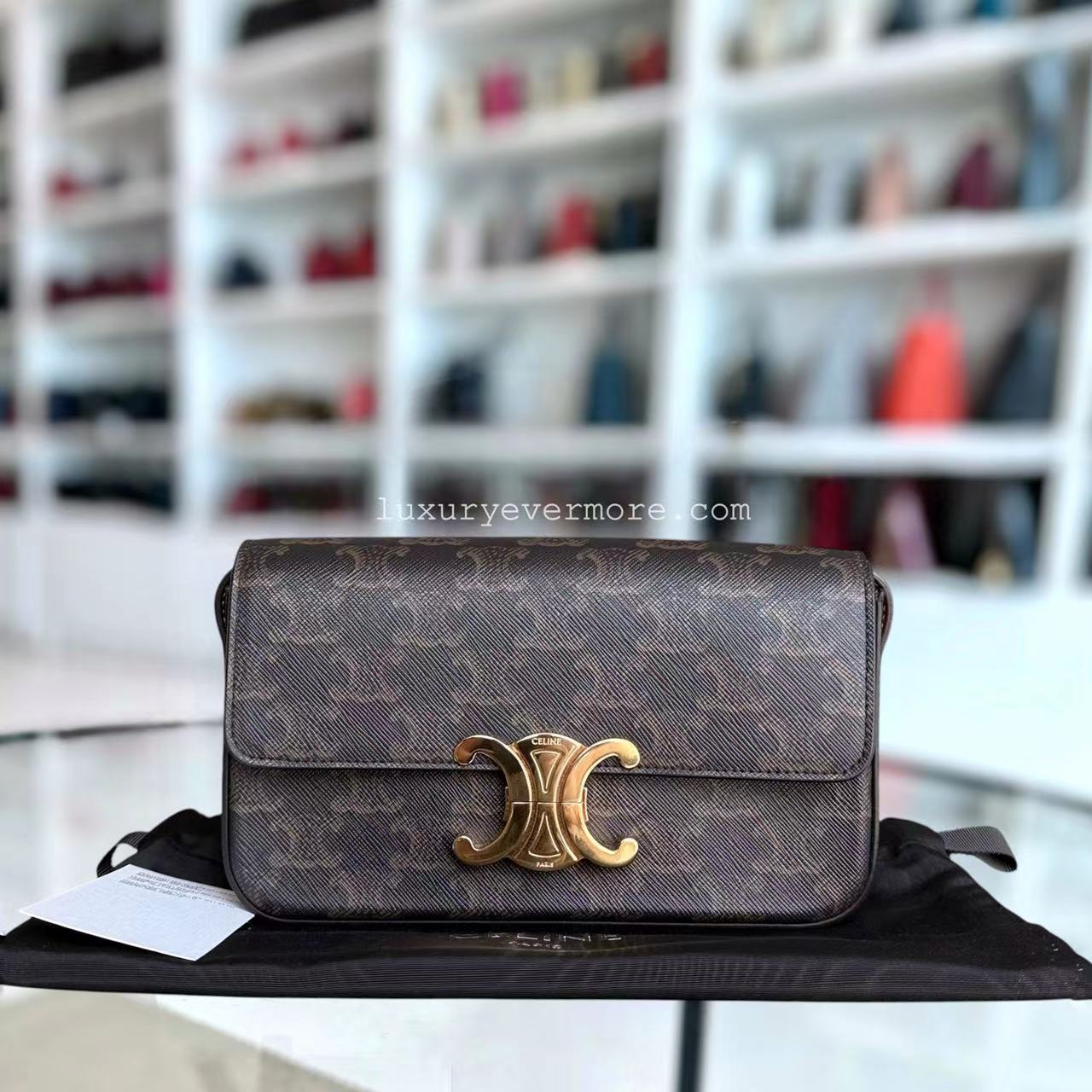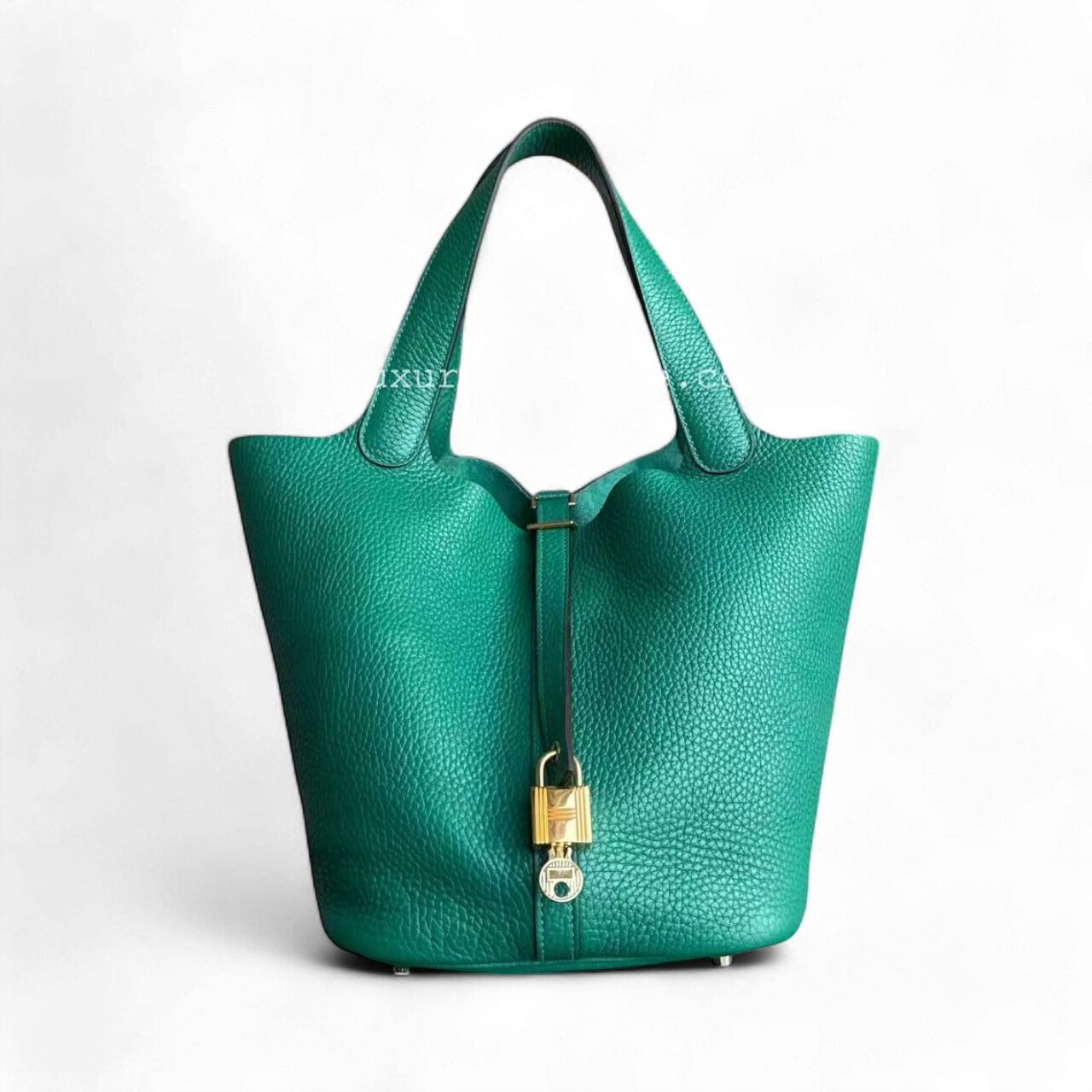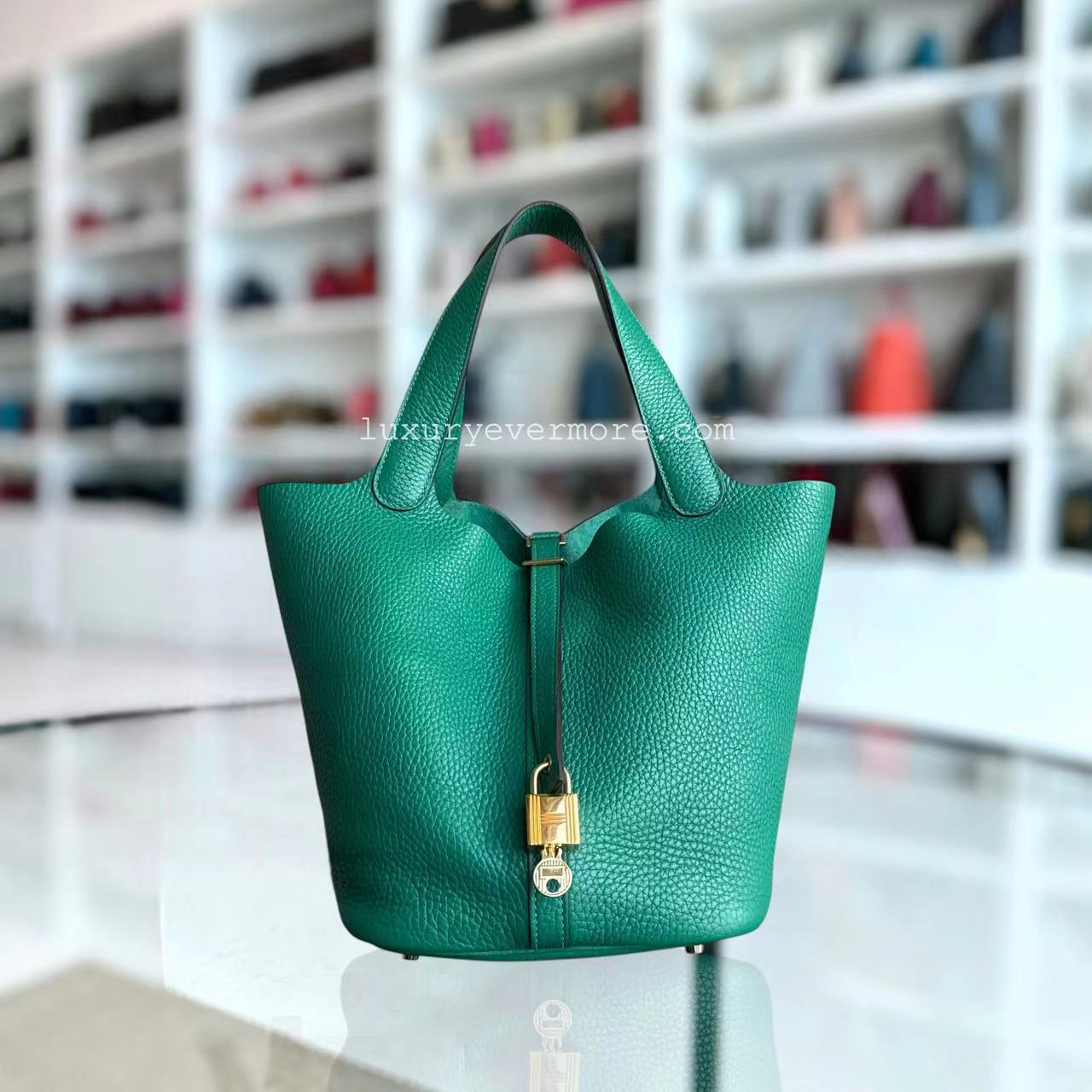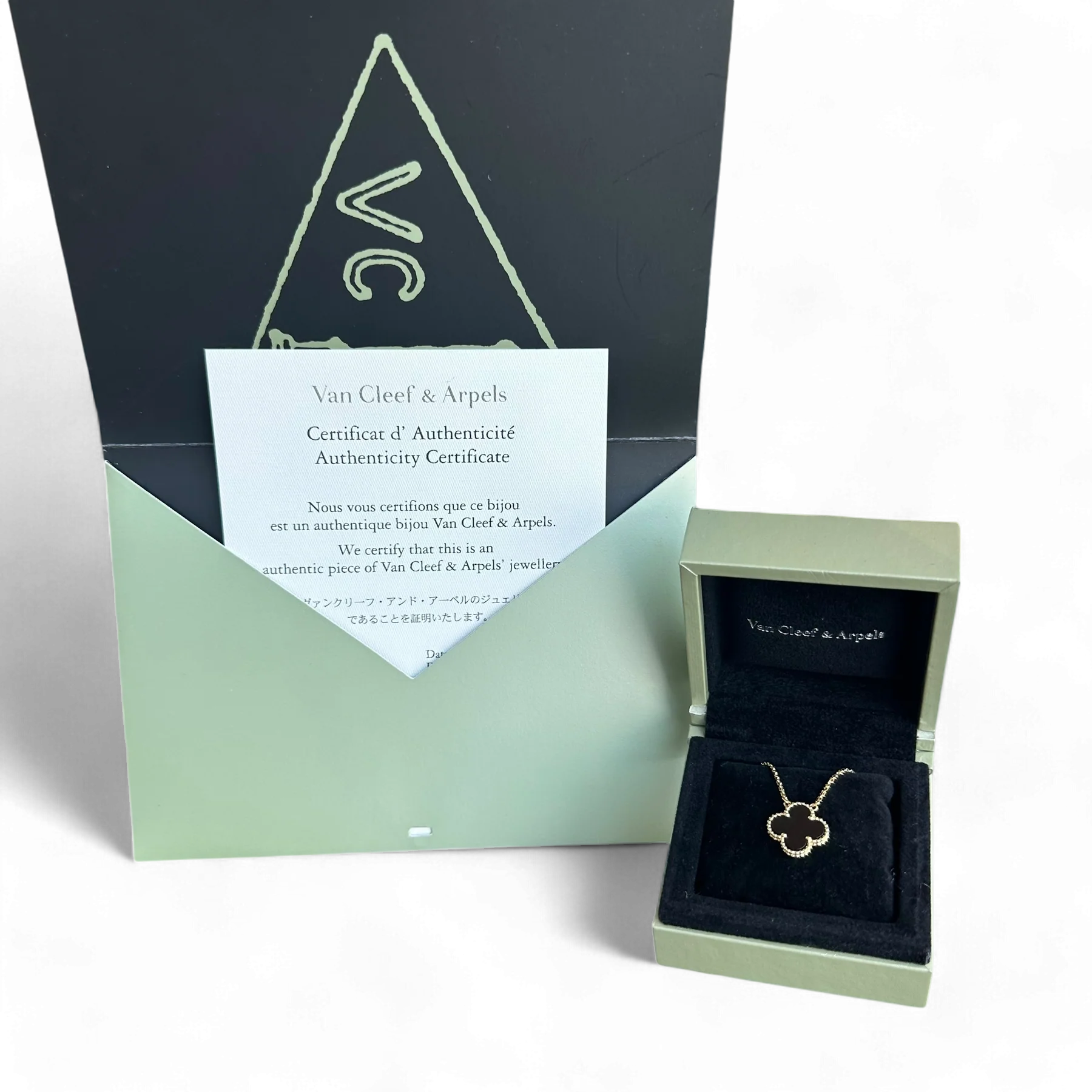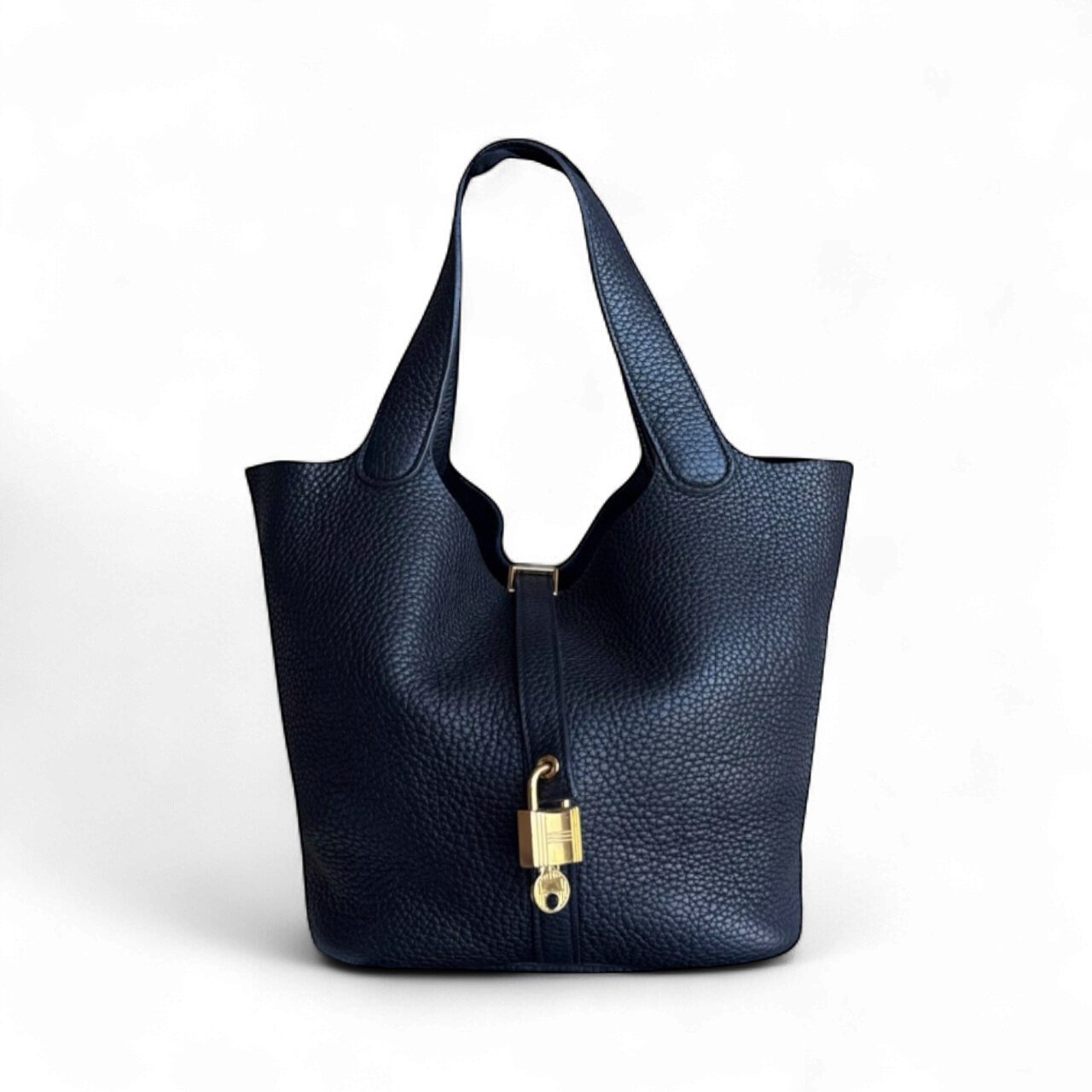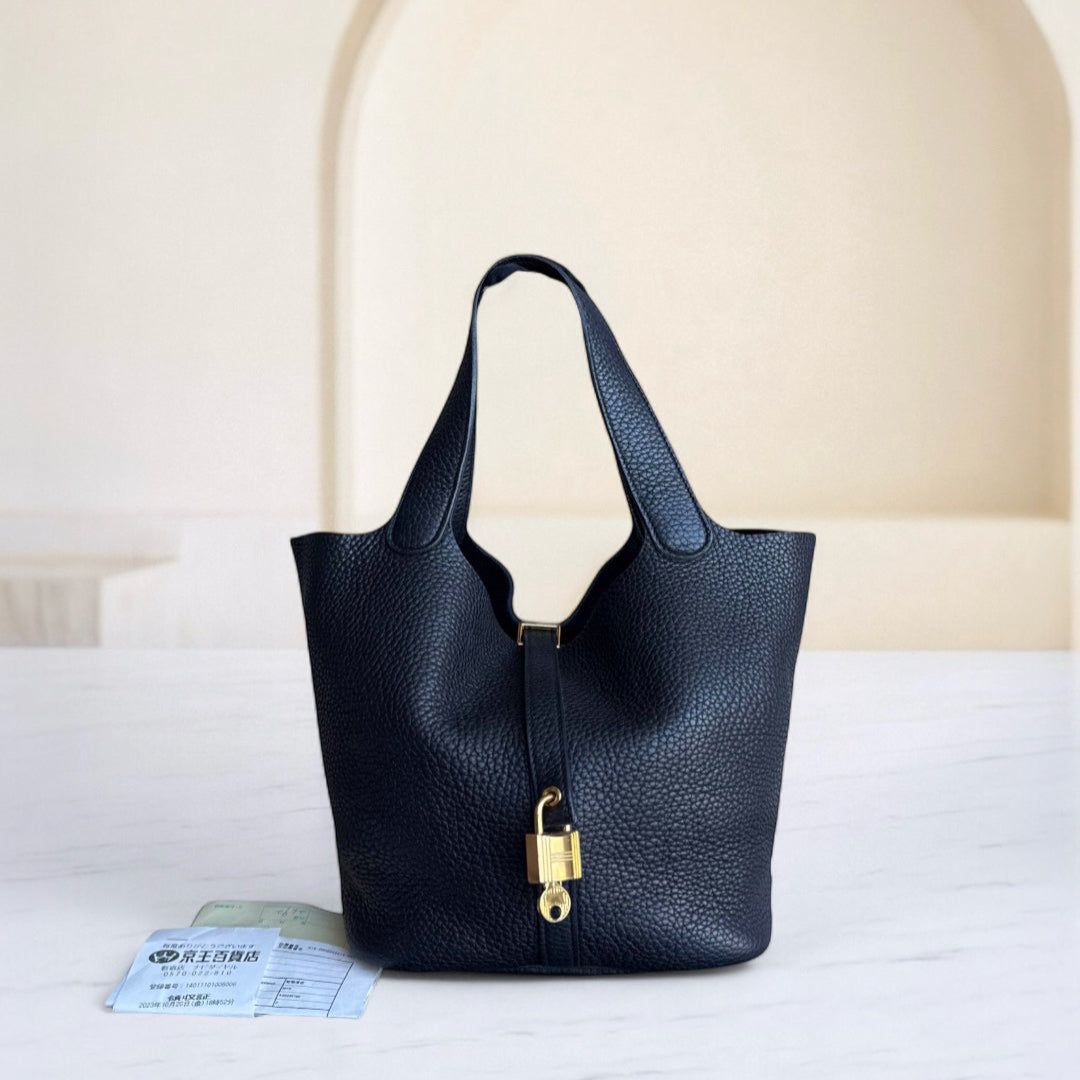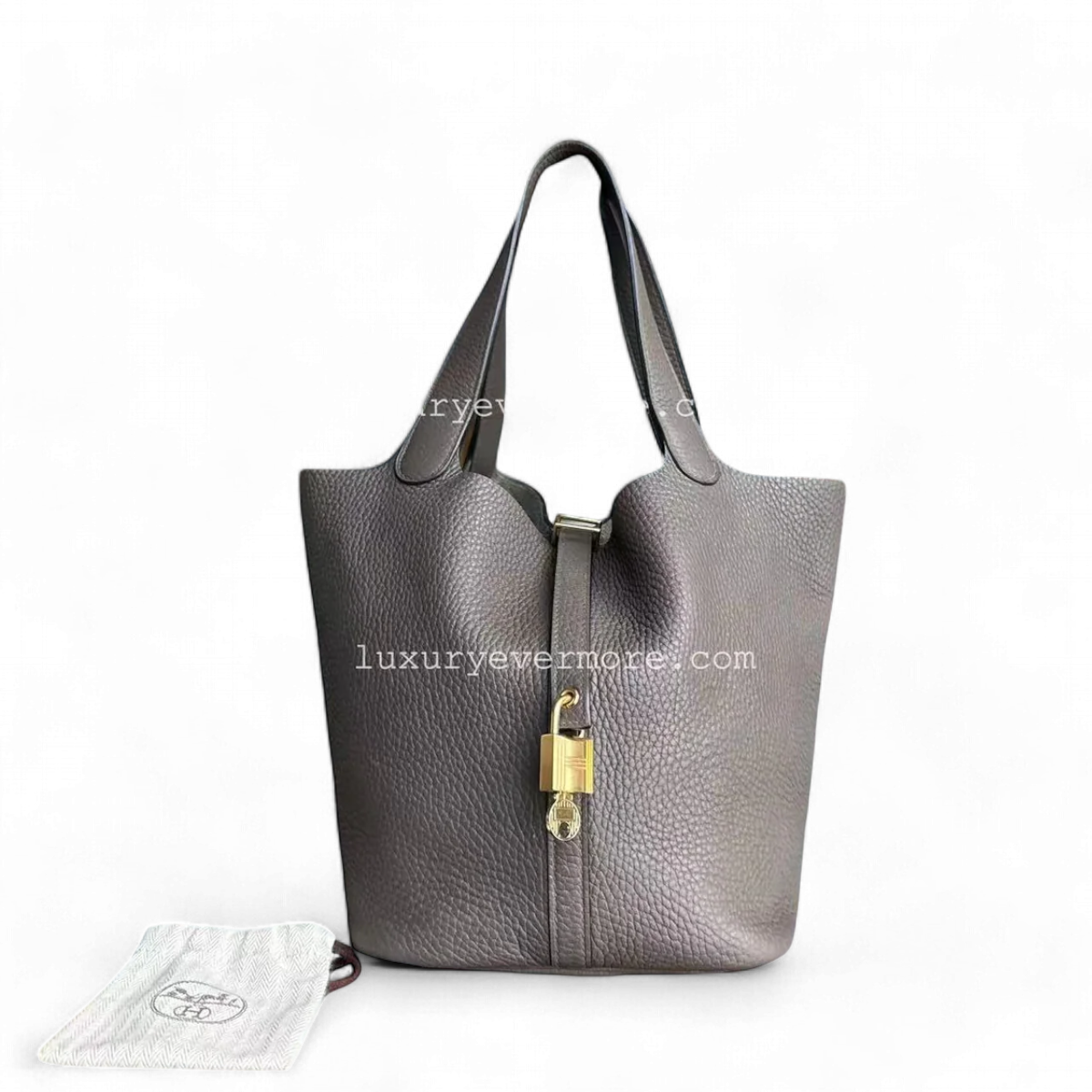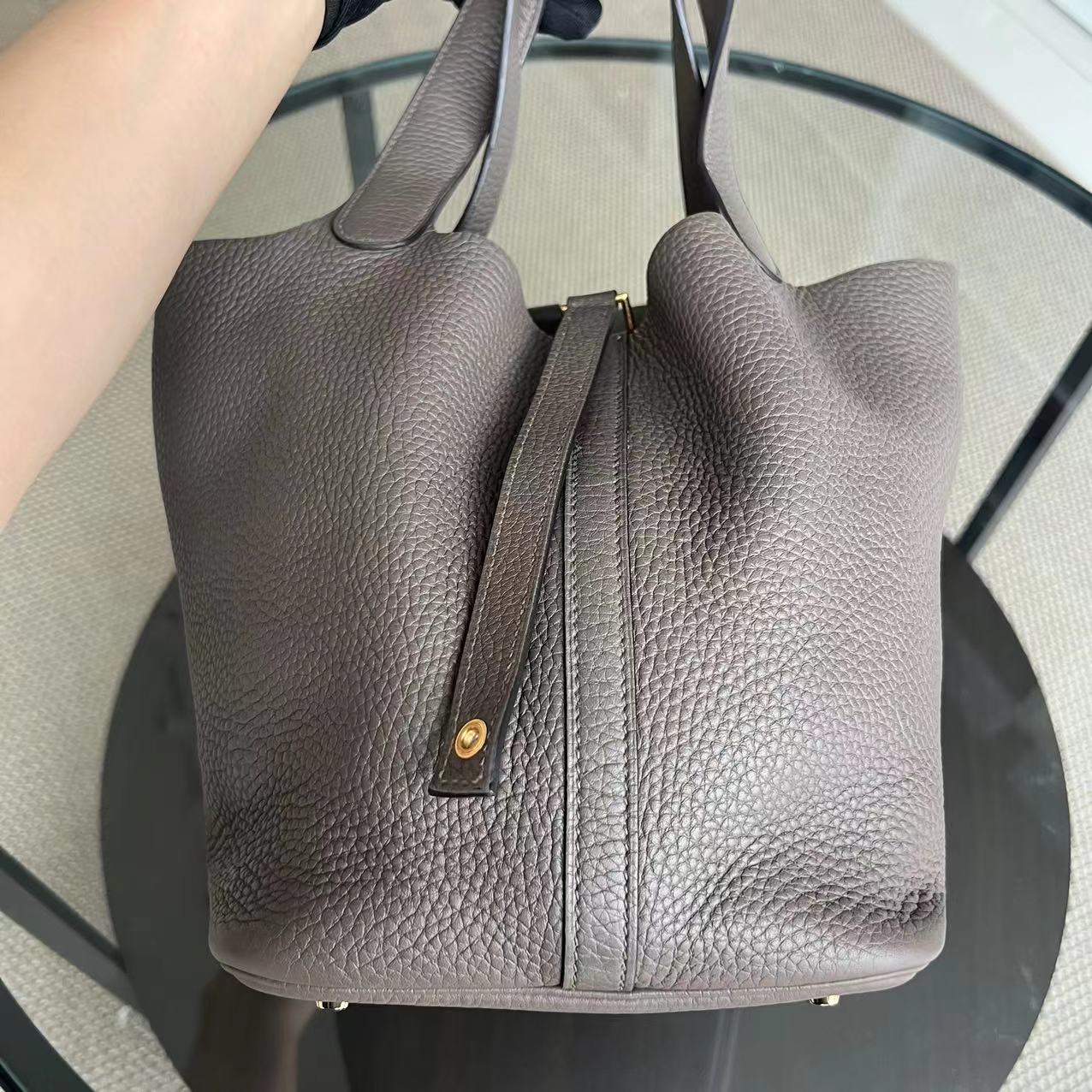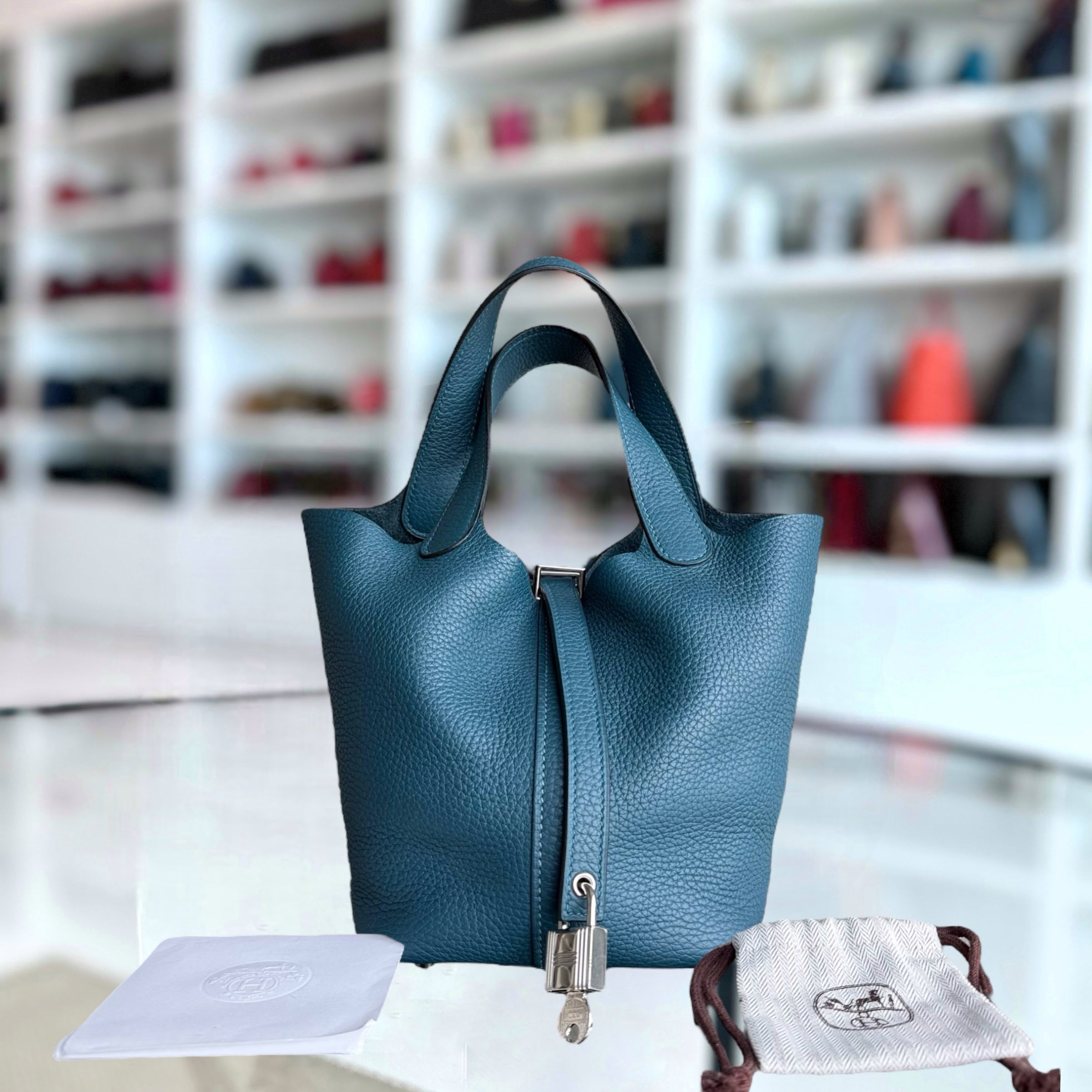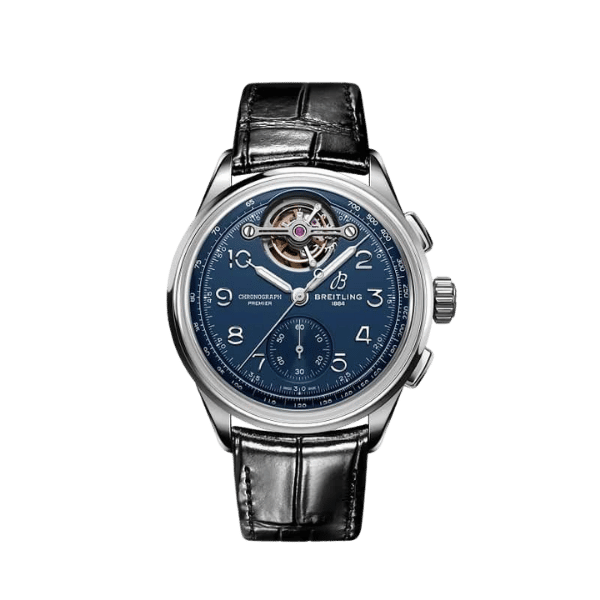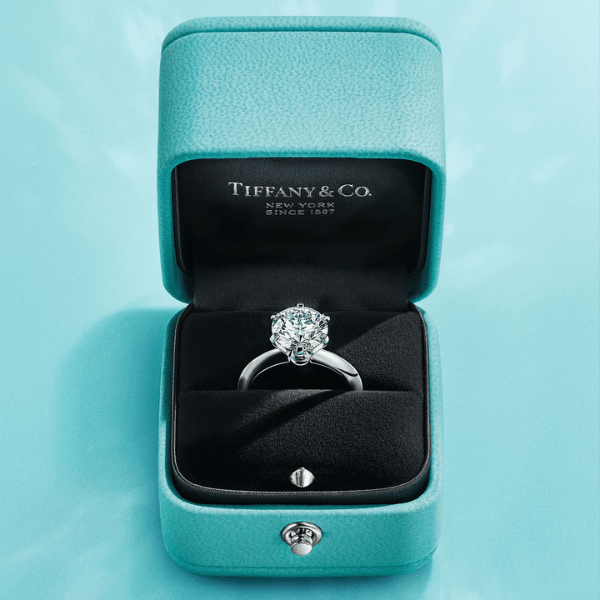How Much is the Hope Diamond Worth?
The Hope Diamond has enthralled the imagination of gem-mongers, historians, and inquisitive souls throughout history. Universally accepted as a gemstone having extraordinary beauty, deep-blue color, and a dark history, it is more an aura that brings along myth, cunning, and priceless value than a mere rare stone. But just how does one arrive at its price? Is it just about carat weight and rarity? Or are history and culture also of influence? This article will delve into some of the gripping aspects that help determine the worth of the Hope Diamond and provide insight into why this gemstone has earned its reputation as one of the world's most famous and mysterious jewels.
The Fascinating History of the Hope Diamond

Back in the 17th century, the diamond's history began in India, which is believed to be near the Kollur Mine area. Weighing initially over 100 carats, it was bought by the French jeweler Jean-Baptiste Tavernier, who later had it cut into the stone that became known as the French Blue. The diamond changed ownership several times, including a spell as the French Crown Jewels, before being stolen during the French Revolution. The 19th century saw its resurfacing and having it recut into its present 45.52 carats and renamed Hope Diamond upon its acquisition by Henry Philip Hope. The Smithsonian Institution currently houses the diamond, which is celebrated not just for its astonishing looks but also for its long and fascinating history and tradition of folklore.
Origins of the Hope Diamond
The tale of the Hope was born in India from the Kollur Mine, believed to have been the richest diamond mine at the time. The stone was somewhat larger before it was cut, and so it came to be called Tavernier Blue after Jean-Baptiste Tavernier, believed to be a French gem merchant, who, according to legend, had acquired the diamond in the 17th century. Tavernier sold this diamond to King Louis XIV of France, in whose hands the stone was lowered to a somewhat heart-like form and set alongside other jewels in the French Crown Jewels. Thus, the early history of the gem set the stage for it to be known as one of the greatest diamonds ever to exist.
The Journey Through Time
The diamonds' storied history has continued with being stolen during the French Revolution in 1792; their being stolen marks their first history of theft. After having disappeared for several decades, the diamond resurfaced in London in 1812, just a little over 20 years after its theft, something few scholars propose actually aided in its evading identification as the missing French gem. Recut and sold several times, it finally made its way into the hands of Henry Philip Hope after whom it is now named. The beginning of the 20th century saw the Hope Diamond as an esteemed exhibit: being passed on by private owners until 1958, when it was donated to the Smithsonian Institution, where it has forever been ranked by visitors as one of their favorite exhibits.
Notable Owners and Their Stories
Jean-Baptiste Tavernier (17th Century)
- The Hope Diamond was first recorded during its journey in India by French gem merchant Jean-Baptiste Tavernier. The gem was first a portion of a larger rough stone that was named Tavernier Blue.
King Louis XIV and the French Monarchy
- The stone was then sold by Tavernier to King Louis XIV. The king then had the stone recut into triangular form and named it "French Blue". The diamond then became part of the French Crown Jewels until it was stolen in 1792 during the French Revolution.
Henry Philip Hope (19th Century)
- After being recut and sold, the diamond came into the possession of Henry Philip Hope, a London banker and gem collector. The diamond was named after him and featured prominently in his vast collection.
Evalyn Walsh McLean (20th Century)
- Twenty years later, it was bought by the American socialite Evalyn Walsh McLean in 1911. Rumored to be cursed, she frequently wore the diamond, despite considering it to be a good luck charm.
Smithsonian Institution (Since 1958)
- Jeweler Harry Winston bought this diamond in 1949, presenting it for the Smithsonian Institution in 1958. It has been exhibited since at the Institution and is one of the truly iconic gemstones far and wide.
Unique Qualities of the Hope Diamond

The Striking Blue Hue
The rare deep blue coloring of the Hope Diamond happens to result from the presence of minute amounts of boron trace in its crystal structure. This particular blue interaction against light sets this gem apart from all other diamonds. Additionally, this color puts it among the most famous gems in the world.
Factors That Make It a Famous Diamond
- Historical Significance: The original finding was of the diamond in the Kollur Mine of India. Later, landing the ownership successively with kings, aristocrats, and collectors, it has become a significant piece of world history.
- Large Size: With an approximate weight of 45.52 carats, Hope is one of the largest and most singular blue diamonds ever found.
- Color: Rare in its appearance, caused by traces of boron, there are only a few others that equate to this deep blue diamond. This property makes it the crowned jewel among other diamonds.
- Legend and Mystique: The diamond is set in myth and tales, including that of a curse, acting greatly in telling the story to the mass public and constituting an excellent atmosphere of wonder.
- Scientific Importance: The Hope Diamond has given important clues in the study of the composition and properties of diamonds, especially with regard to boron coloring blue.
- Prominent Display: Having found its final resting place over at the Smithsonian National Museum of Natural History, it earns the distinction of being one of the most coveted and admired jewels in history, thereby establishing itself in the annals of modern culture.
Rarity and Size Considerations
- Exceptional Weight: With an approximate weight of 45.52 carats, the Hope Diamond stands as one of the largest blue diamonds in the world, being truly unrivaled in significance due to its size and rarity.
- Unique Coloration: The deep blue color of the Hope Diamond is due to traces of boron within its crystal structure; highly unusual for any diamond, it thus increases its level of recognition and desirability.
Legends and Myths Surrounding the Hope Diamond

The Curse of the Hope Diamond
Some of the more popular legends about the Hope Diamond center on it being cursed. Said to bring misfortune and tragedy to those who owned it, the curse begins in the early Indian history of the diamond: the diamond was stolen from a sacred statue, a crime that seemingly carried a very powerful curse. Now there is no evidence to remind us of a curse, but the accounts of financial ruin, personal loss, and inexplicable deaths surrounding its many former owners have only added to the aura around the stone. It is these stories that have upheld the diamond's reputation, though the stories are more conjecture than actual accounts.
Stories of Misfortune
Tales of misfortune associated with the diamond tend to arise mainly from its rather well-documented ownership history. Several great personalities who had the opportunity to possess the diamond allegedly came to experience tragic circumstances in cash flow, mortal losses, or untimely demise. For instance, King Louis XVI and Queen Marie Antoinette, who kept the diamond during their time in France, were executed in the tumult of the French Revolution. Equally so, some other prominent owners seemed to have their fortunes abruptly reversed or mysteriously put to death. These events are generally attributed to the supposed curse of the diamond, yet scientifically, there has never been anything to prove such claims, rendering such accounts highly anecdotal.
Debunking the Myths
Despite the horrific history that seems to have accompanied the diamond, there is no factual basis to support the belief that it is cursed. Historians have now come to discover several misfortunes attributed to the diamond that could have been a result of political upheaval, economic instability, or circumstances affecting a few of the individuals concerned, rather than the influence of some supernatural power. The account of the cursed diamond was popularized mainly through sensational media and fictional accounts rather than legitimate versions. Without scientific or historical verifications, the "curse" amounts to mere mythfare created out of speculation and folklore.
The Hope Diamond Today

Current Ownership and Display
The Hope Diamond currently belongs to the Smithsonian Institute. The diamond was purchased for US$180,000 in 1958 and has since remained on display at the National Museum of Natural History in Washington, D.C. The diamond is stored in a secure, climate-controlled glass case; it remains the most-visited and most-iconic exhibit in the museum.
Attraction at the Smithsonian Institution
One of the most popular attractions at the Smithsonian Institution, the Hope Diamond attracts millions of visitors yearly. Its deep blue color and large size make it famous, along with its wonderful story from the National Museum of Natural History. Its charm continues to lure all with its seductions at the Harry Winston Gallery.
Visitor Experience and Popularity
The gorgeous gem, coupled with its interesting history, is enough to draw visitors in. Positioned in the National Museum of Natural History for maximum visibility, interactive exhibits nearby add to the experience with background history and science. The magnitude of the exhibit itself tends to retain interest, for it is said to be one of the rarest and most culturally weighted diamonds ever, perhaps even among the finest ones ever fashioned in all the world! Considering visitor feedback, the exhibit seems to be one of the most vivid and informative memories their visit has brought them.
Estimating the Worth of the Hope Diamond

Expert Valuations and Market Analysis
Being unique and irreplaceable, this treasure is hardly given an exact monetary valuation: an expert estimated this blue diamond to be worth about $200–$350 million. Considerations for valuation were its unusual size, impurely deep blue color, historic importance, and singular provenance in the gemstone market.
Historical Significance and Its Impact on Value
- Legendary Origins: There are some who believe the diamond to have been procured from Kollur Mine in India, thereby lending it a mystique in the international gem market.
- Royal Associations: It was acquired for Louis XIV, king of France, and was set in the royal jewelry, thereby imprinting the immense historical and cultural value.
- Connection to the French Revolution: Its disappearance during the turbulent times of the French Revolution and later recovery adds so much to the aura surrounding its storied past and intrigue.
- Cultural References: It remains a subject of modernization in tales, legends, and more recent media, hence the continuing cultural impact and one of the symbols of fascination and rarity.
- Smithsonian Display: This diamond, being an exhibit of the Smithsonian, enjoys public accessibility, which obviously increases historical prominence and thus adds a bit more prestige coming from that of a priceless artifact.
Comparing the Hope Diamond to Other Famous Diamonds
Amongst the more illustrious diamonds globally are the Hope, Koh-i-Noor, Cullinan, Taylor-Burton, Regent, Sancy, Golden Jubilee, Tiffany, Pink Star, and Hortensia.
A table of quick comparisons among the diamonds:
|
Diamond |
Weight |
Color |
Origin |
Current Location |
Notable Fact |
|---|---|---|---|---|---|
|
Hope Diamond |
45.52 ct |
Blue |
India |
Smithsonian, USA |
Known for its "curse" |
|
Koh-i-Noor |
105 ct |
Colorless |
India |
Tower of London, UK |
Part of the British Crown |
|
Cullinan |
530.20 ct |
Colorless |
South Africa |
Tower of London, UK |
Largest cut diamond |
|
Taylor-Burton |
69 ct |
Colorless |
South Africa |
Private Collection |
Gifted by Richard Burton |
|
Regent |
140.64 ct |
Colorless |
India |
Louvre, France |
Known for its beauty |
|
Sancy |
55.23 ct |
Yellow |
India |
Louvre, France |
Historical royal gem |
|
Golden Jubilee |
545.67 ct |
Yellow |
South Africa |
Thailand |
Largest polished diamond |
|
Tiffany |
128.54 ct |
Yellow |
South Africa |
Tiffany & Co., USA |
Worn by celebrities |
|
Pink Star |
59.6 ct |
Pink |
South Africa |
Private Collection |
The most expensive sold |
|
Hortensia |
20 ct |
Pink-Orange |
India |
Louvre, France |
Named after Queen Hortense |
Frequently Asked Questions (FAQs)
Q: How much is the Hope Diamond valued at?
A: The Hope Diamond is valued at a figure grasping in the realm of some $250 million or so. It has become a household name due to its very being blue, along with an extremely fascinating legend attached to its being.
Q: What is the story with the Hope Diamond?
A: The Hope Diamond has stories concerning it dating far back to the 17th century, then known as the Tavernier Blue. It was stolen away from India and thrown into obscurity for some time in France until the owners, Marquise de Cabris, Charles Lewis de Bourbon, and Lord Francis Hope came forth.
Q: Why is the Hope Diamond known to be cursed?
A: The supposed curse of the Hope Diamond has been inflicted due to the number of strifes and ill fortune that have afflicted many of its previous owners. In effect, these have become the basis for stories of doom and tragedy, seemingly haunting all those who ever possessed the gem.
Q: How was it retrieved after being stolen?
A: After being stolen during the French Revolution, it was finally retrieved. It changed hands from one vendor to another while its cut was altered until it finally came to Mr. Winston, who turned it over to the Smithsonian.
Q: Do you want to know some fun facts about the Hope Diamond?
A: The Hope Diamond weighs 45.52 carats with a rare greyish-blue hue. Said to be among the largest blue diamonds, it is an antique with a colorful and more-than-happy history of being possessed by Henry Philip Hope.
Q: What does the Hope Diamond stand for in the contemporary world?
A: Today, in the National Museum of Natural History, the famous Hope Diamond is being exhibited. Among the most frequent shippers of diamonds around the globe, large crowds of U.S. visitors numbering in their thousands shimmer with half the glitz and mystery.
Q: How did the Hope Diamond come to be the reputation it carries with it?
A: The Hope Diamond has come to be somewhat famous for its unusual size, unusual color, price far beyond normal, and strange stories about its former owners, all of which force the world to name that diamond among the foremost-row ones worthy of popular interest.
Q: And what happened in regard to the Hope Diamond after Henry Philip Hope's death?
A: When Henry Philip Hope died, the diamond passed on to his family, and at the end of the sale, it went in stages to various other owners, each adding a few more chapters to the history of the stone until it was finally acquired by Harry Winston.
Reference Sources
- BAUNAT - The famous story behind the Hope Diamond: It discusses the history of the diamond, claiming a price estimation of around $350 million.
- Diamond Guild - The Hope Diamond: It offers insights into the characteristics of the diamond, along with statements about its worth of $350 million.
- Angara Blog - The Legendary Hope Diamond: According to the 2023 price estimation, the Hope Diamond is said to be worth around $350 million.
- Brite Co. - How Much is the Hope Diamond Worth?: It places the diamond's estimate at a rough $350 million, which makes it among the most pricey diamonds on earth.
- Hope Diamond
- Diamond
- Blue diamond
Contact Luxury Evermore should you need help with acquiring or building up your collection. There is a variety of brands with different styles, as well as sizes, and colors, for example, Hermes, Chanel, lv and Dior. If you are not lucky enough to find the bag you are looking for on our website then our concierge team will probably be able to order it for you. We provide 100% authenticity guarantee for all our bags, and any item sold on this site will be dispatched to you within one to two business days upon receipt of the payment.
